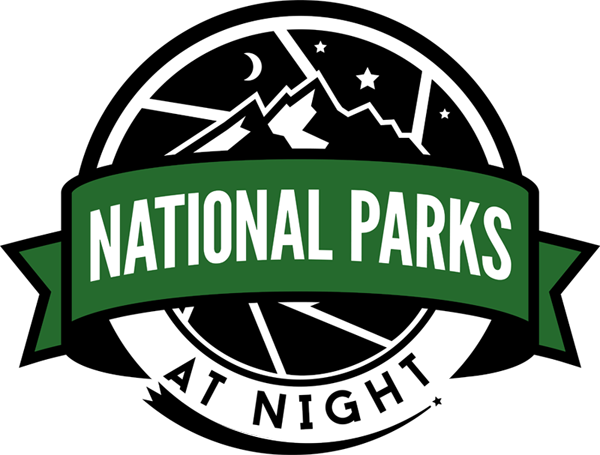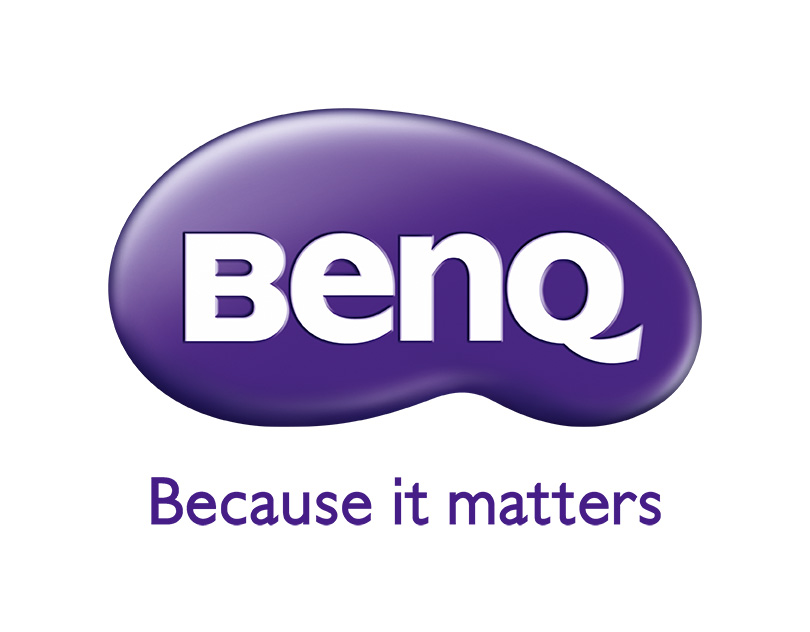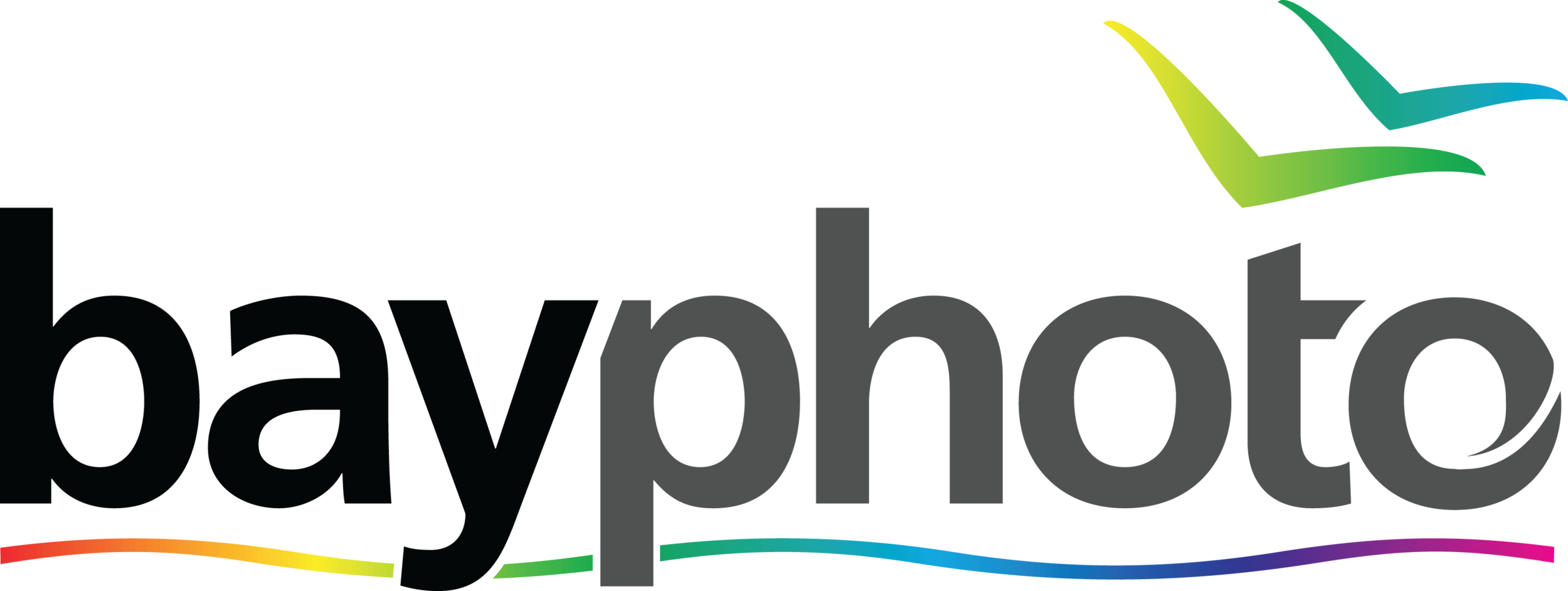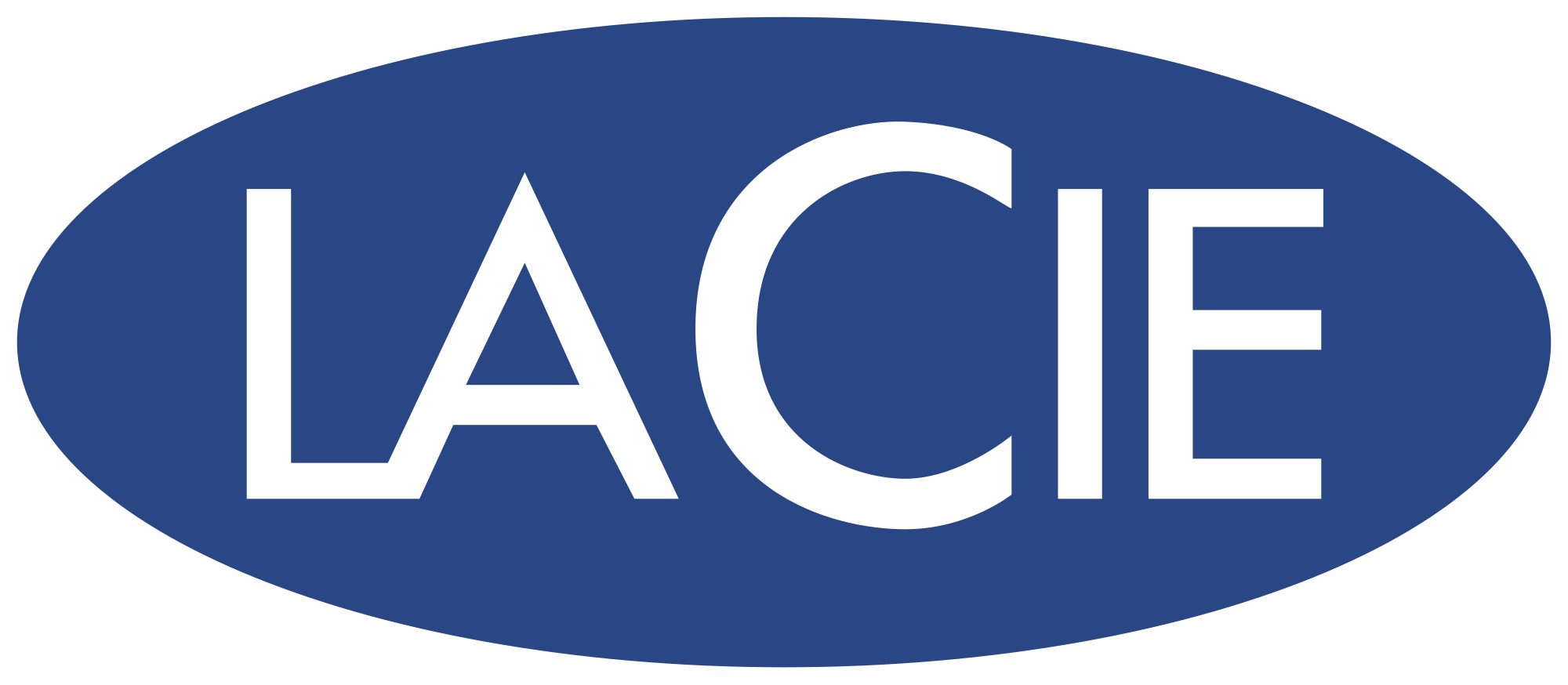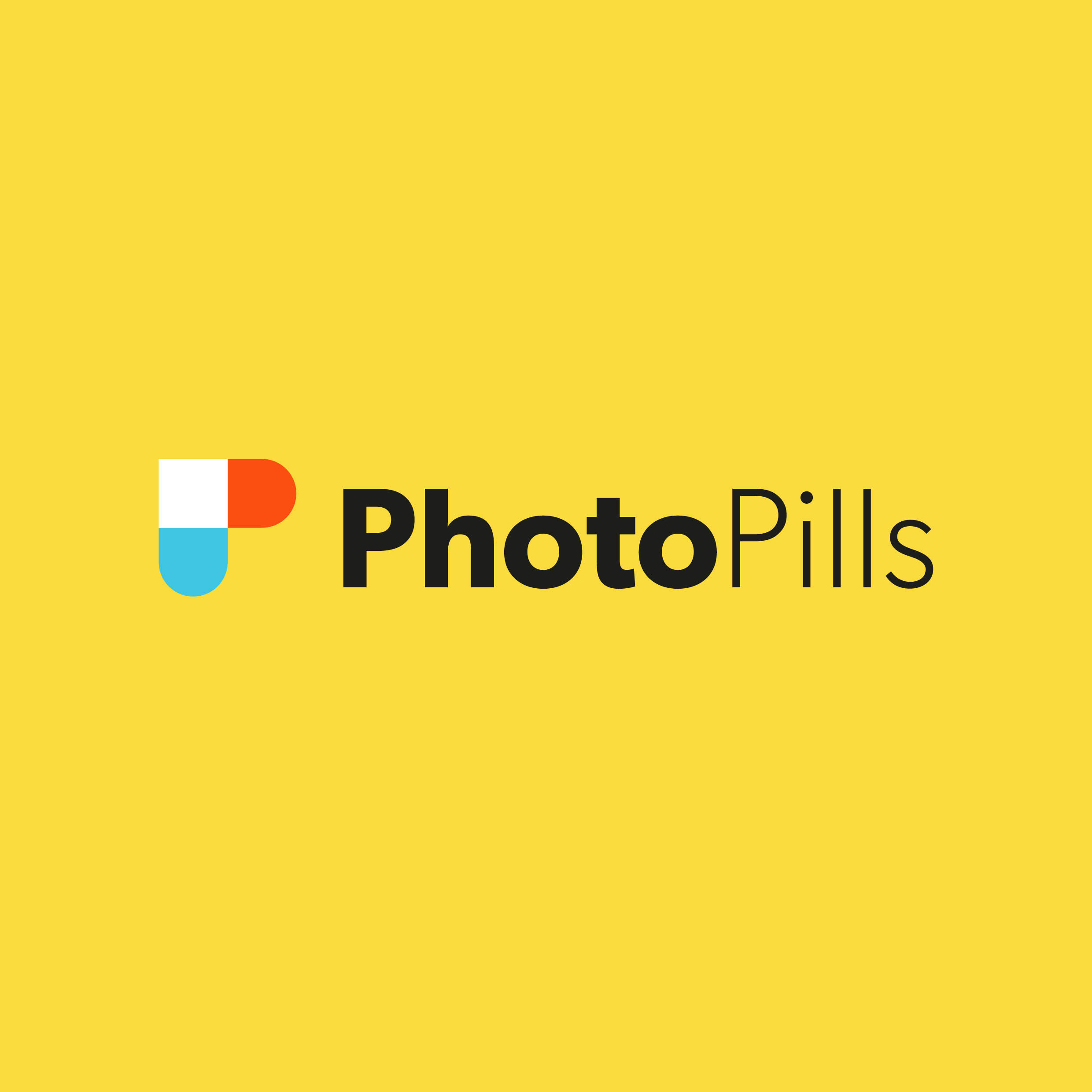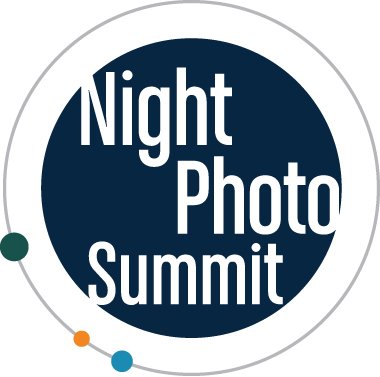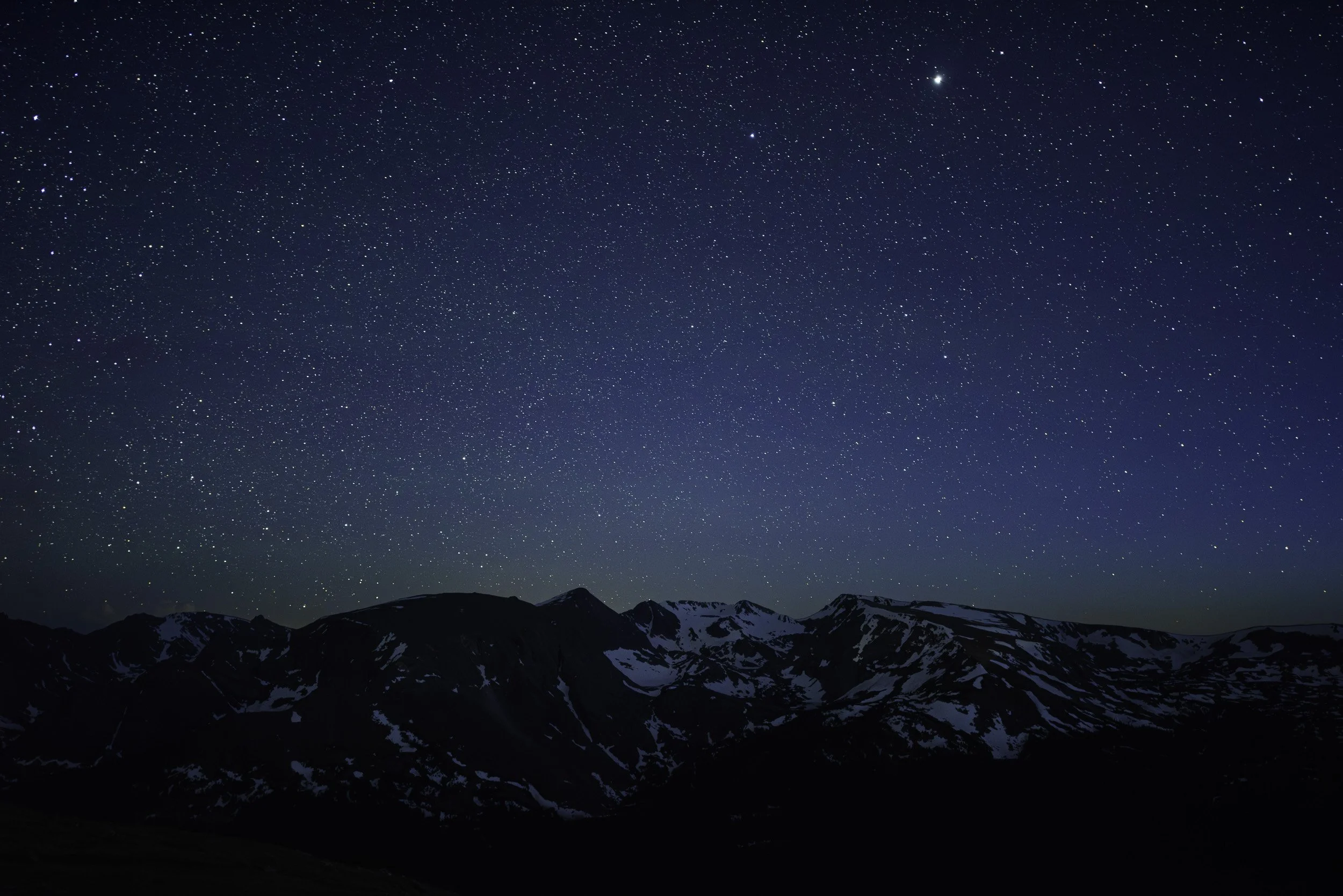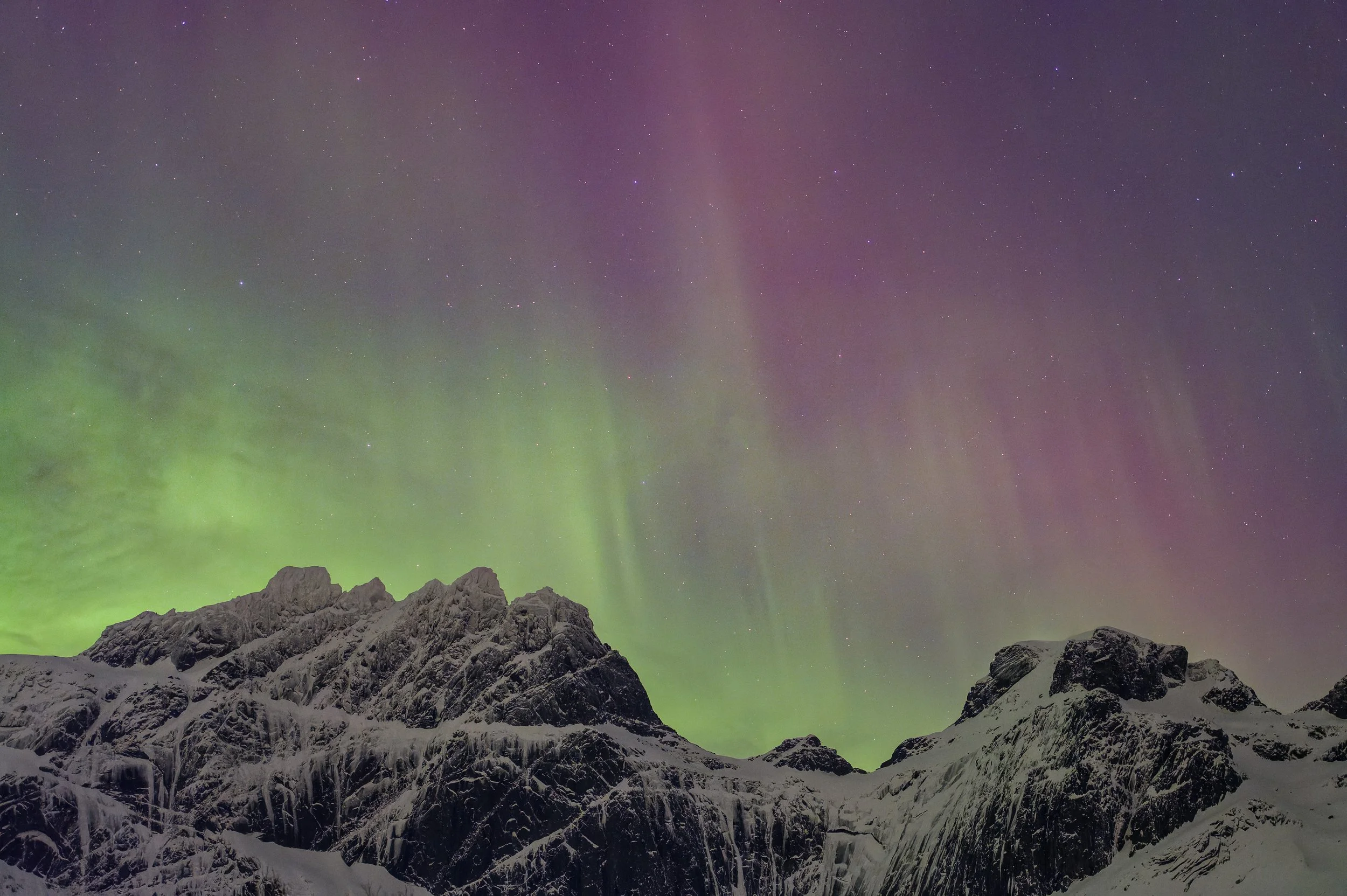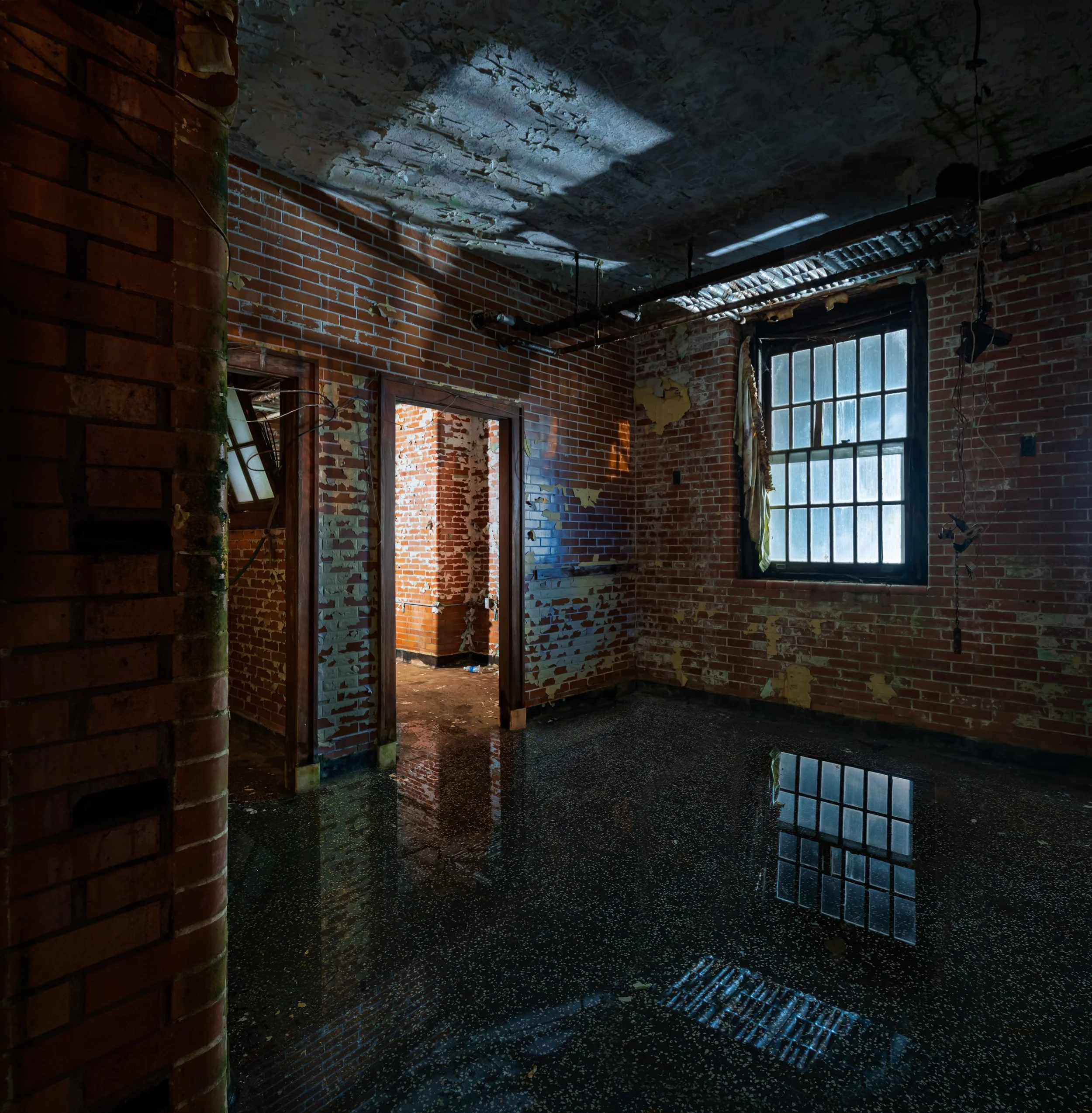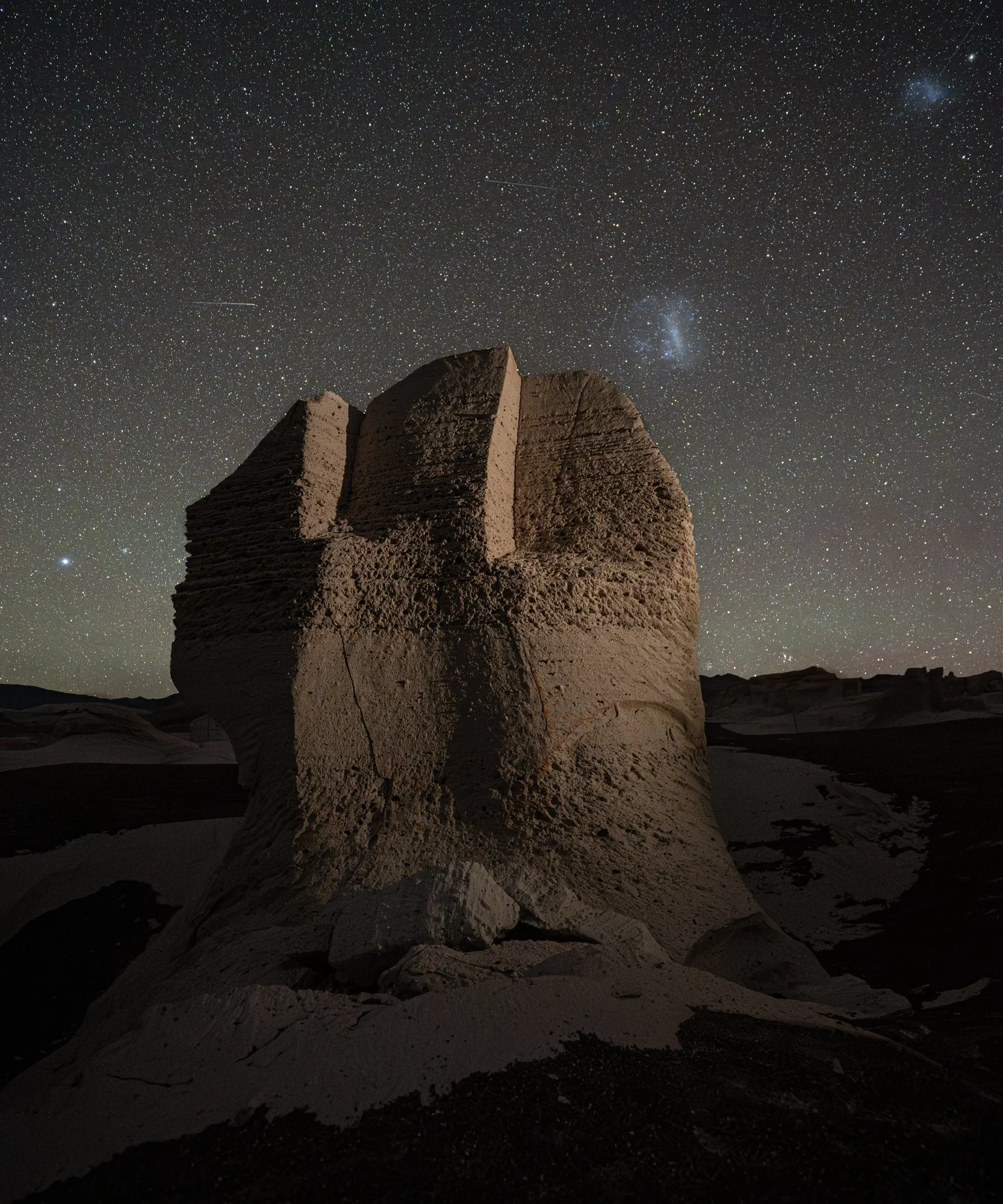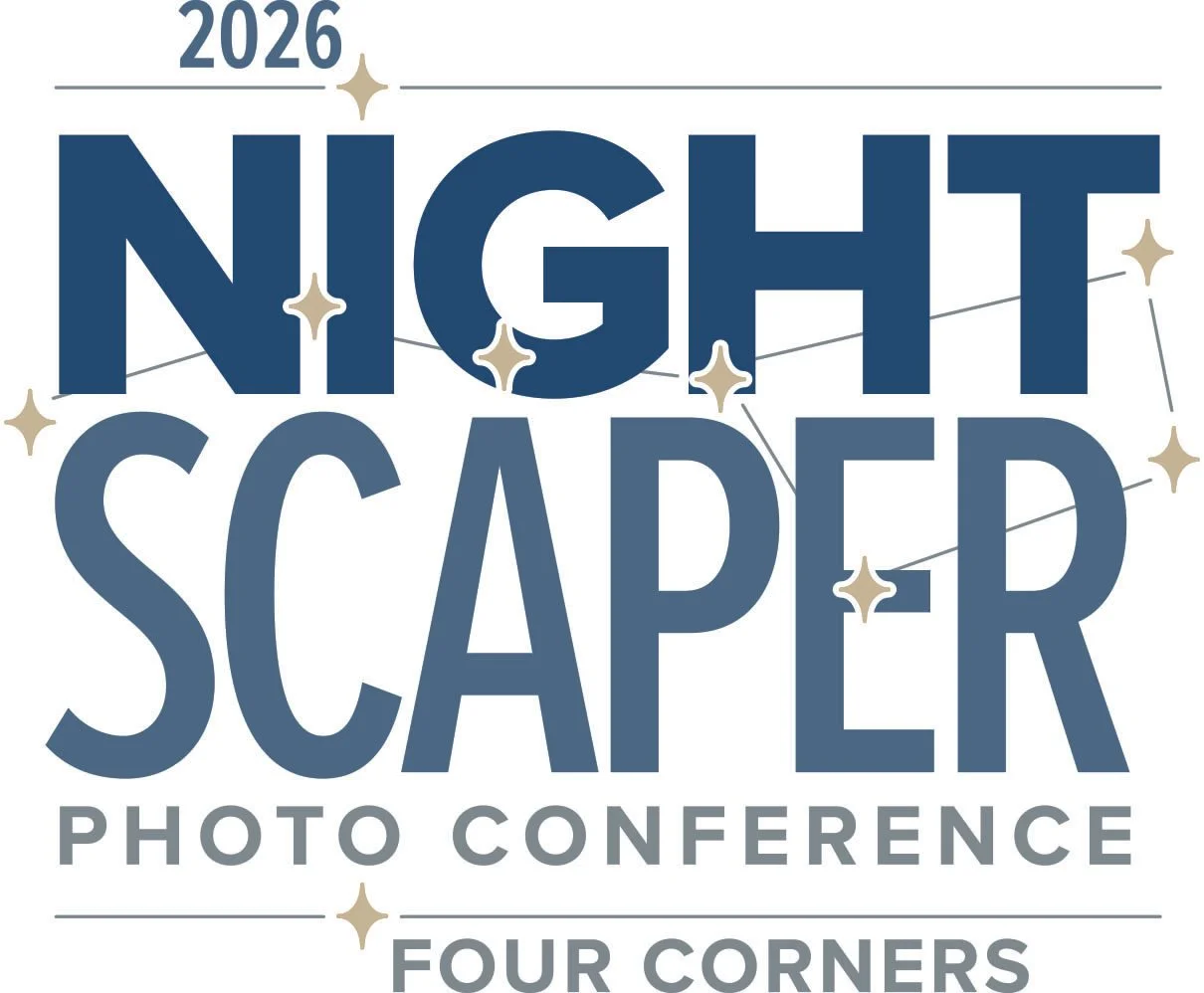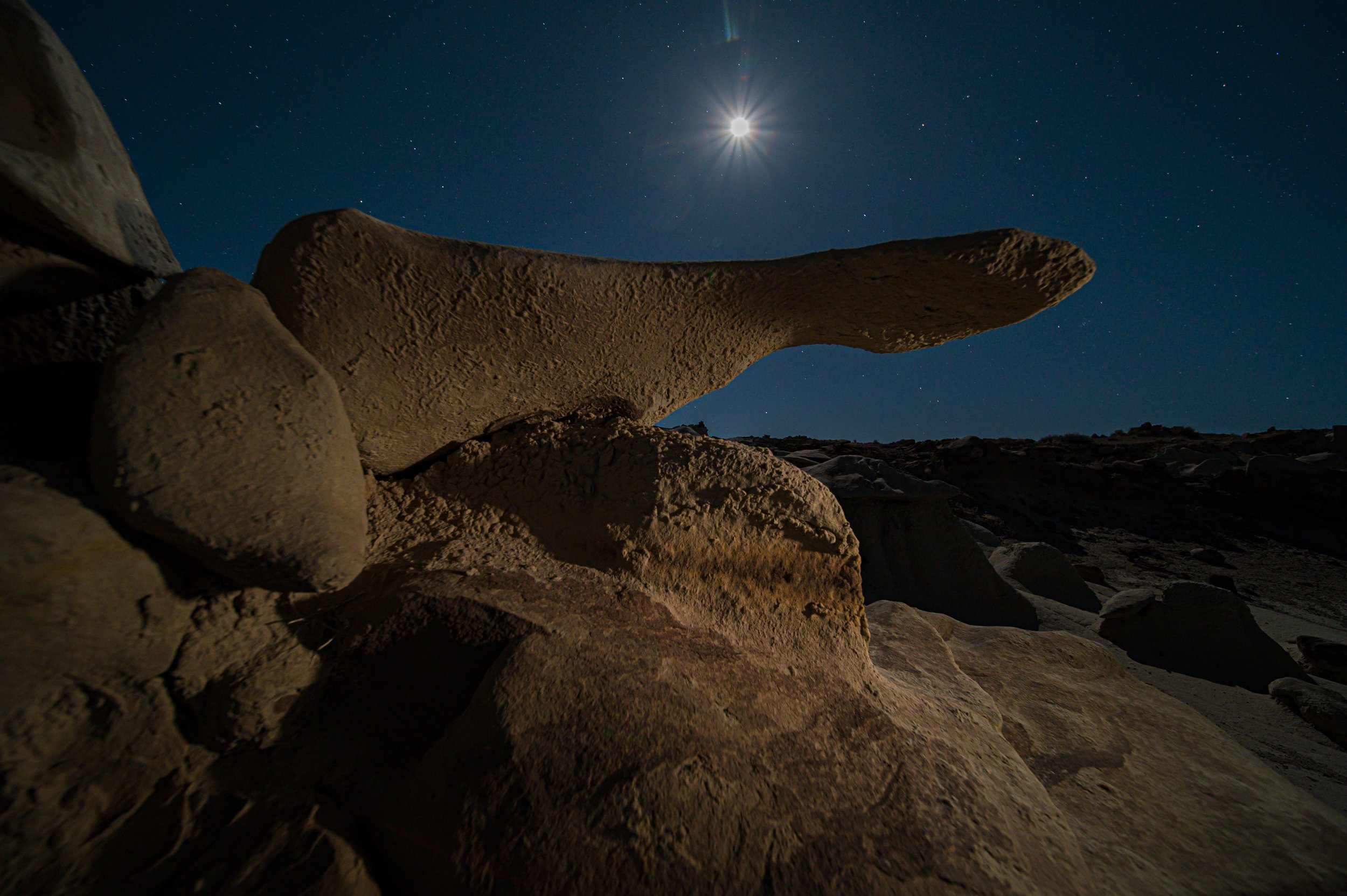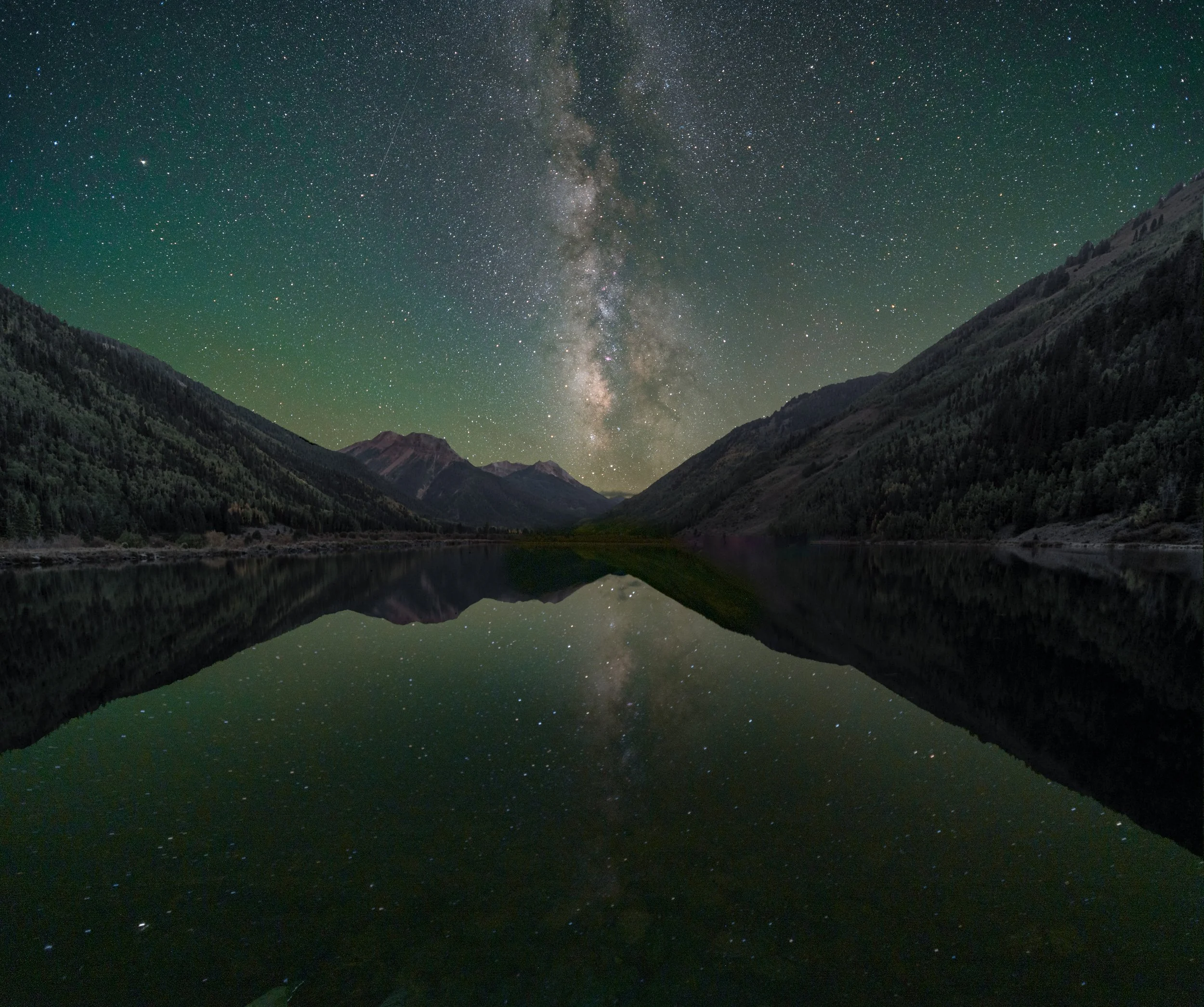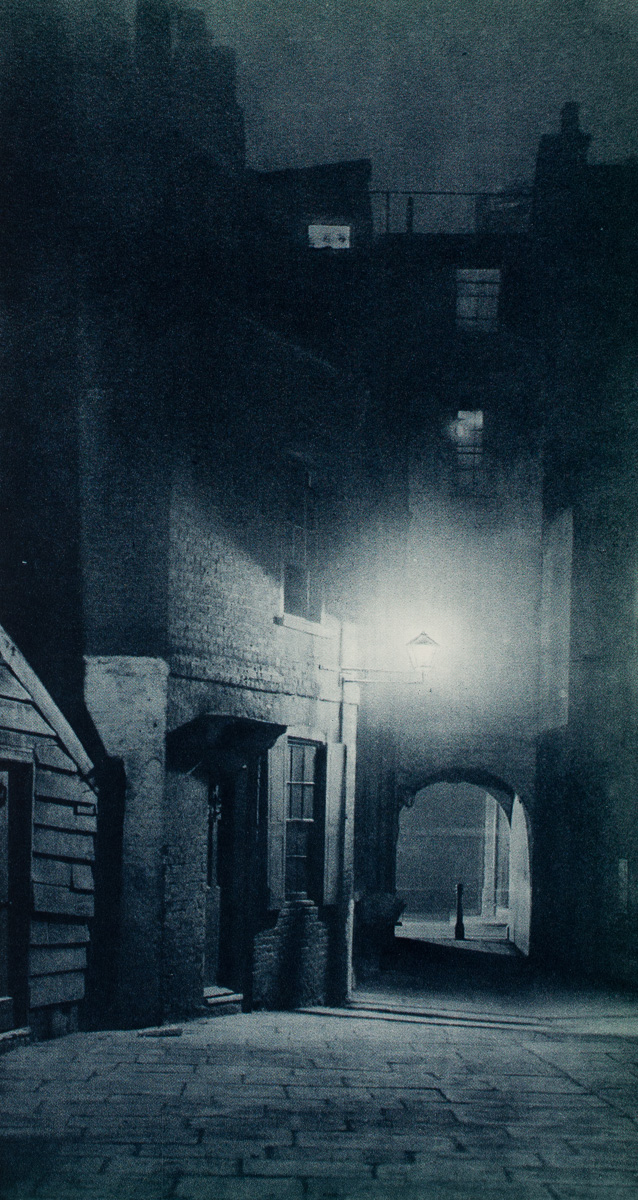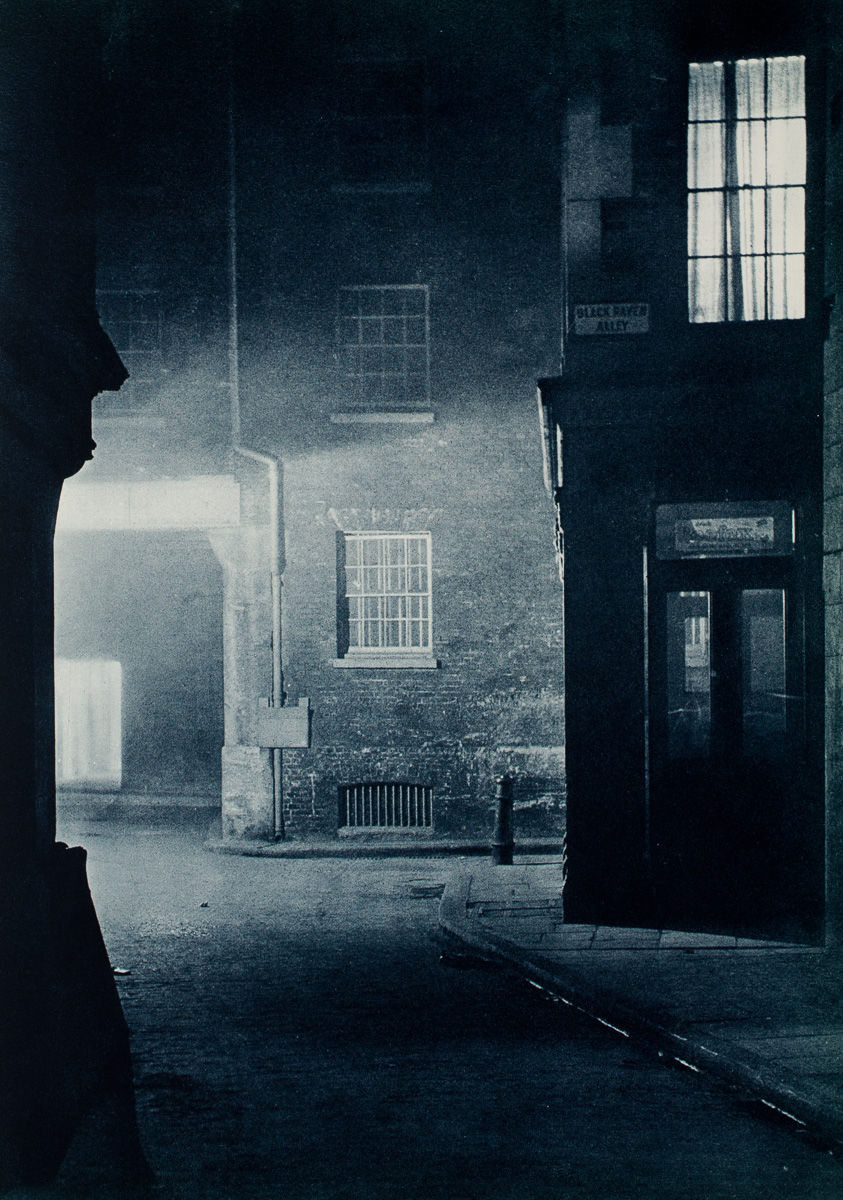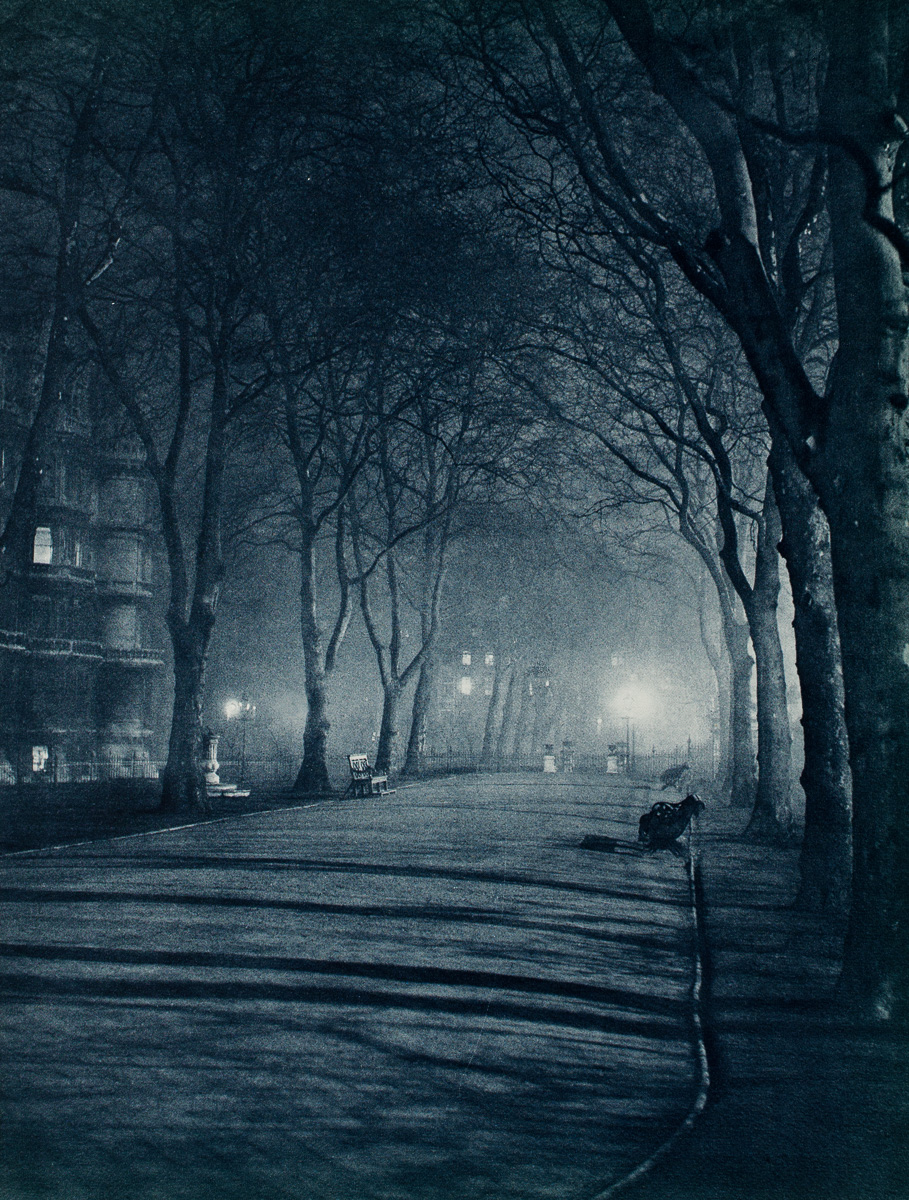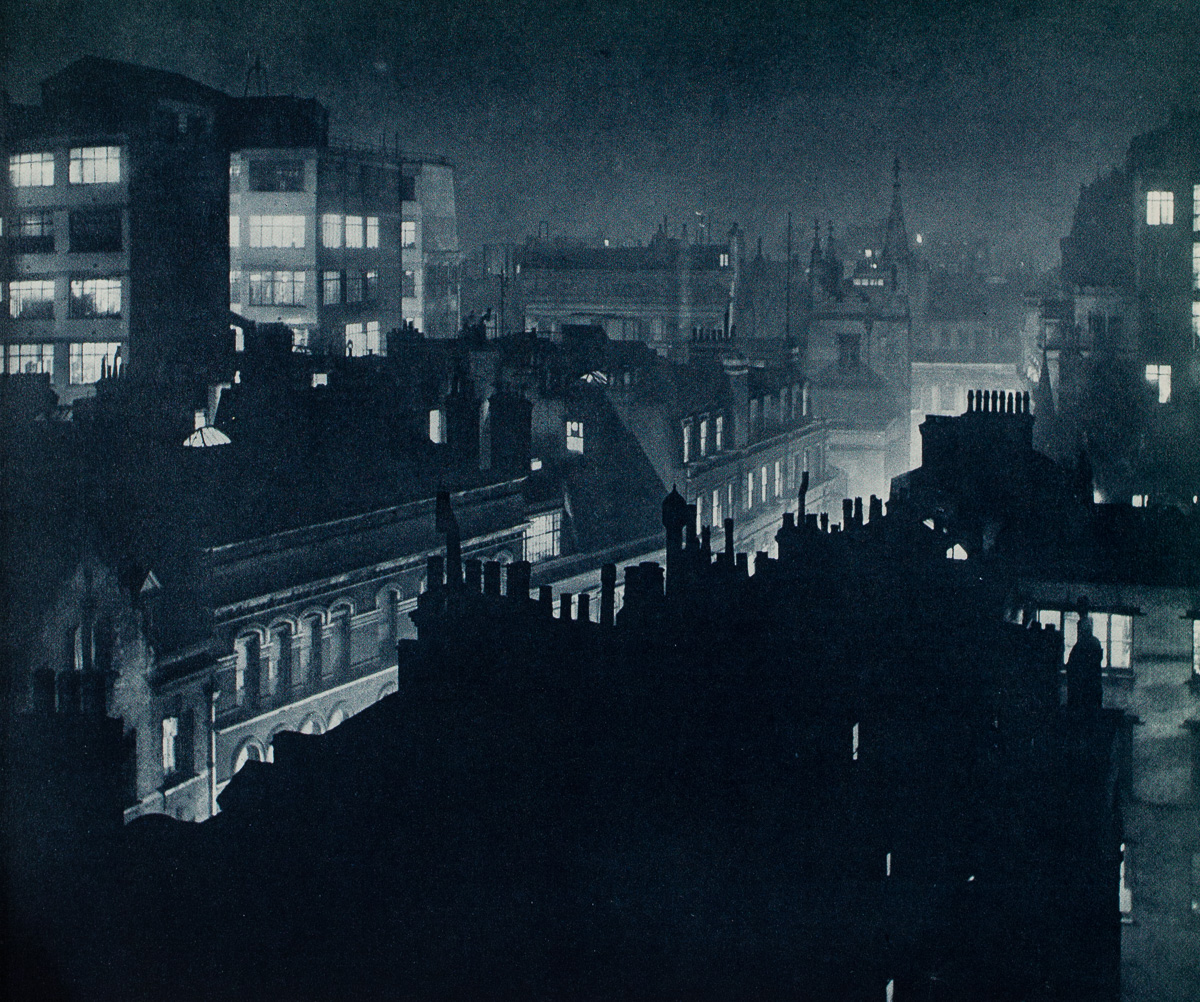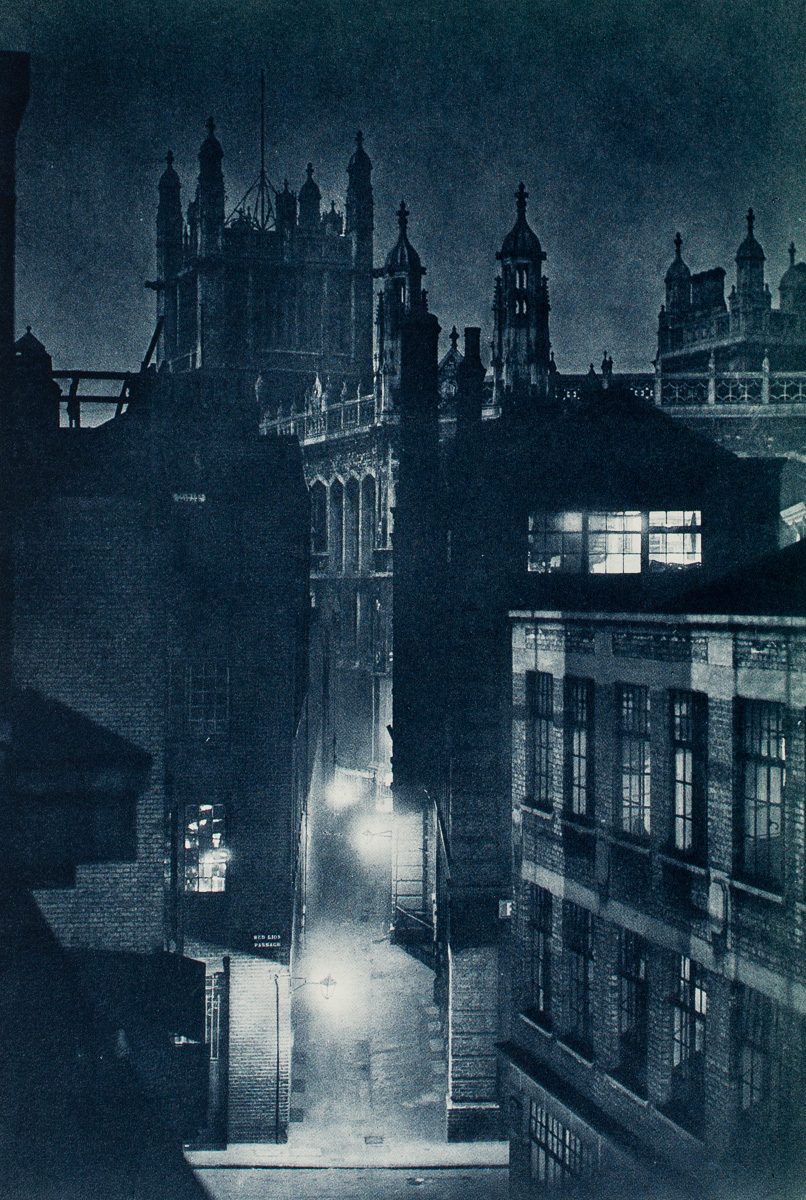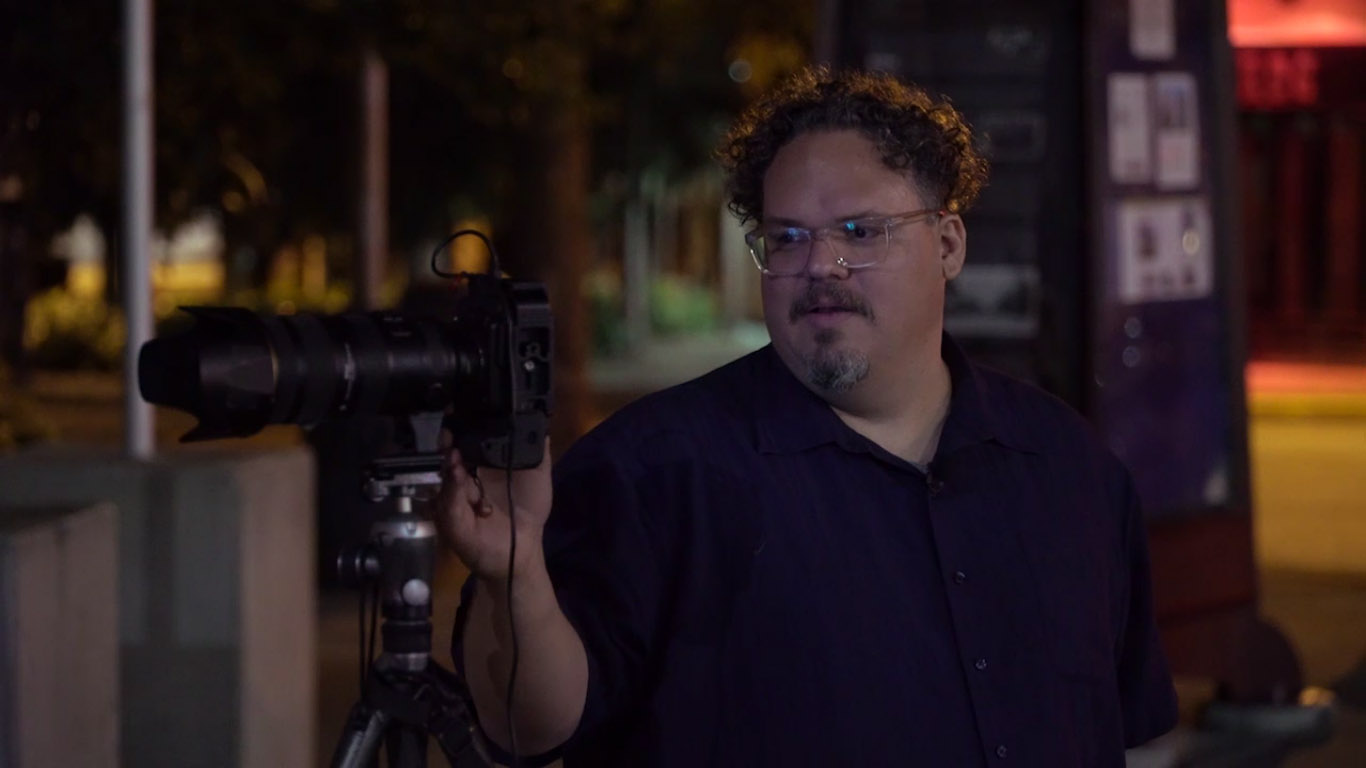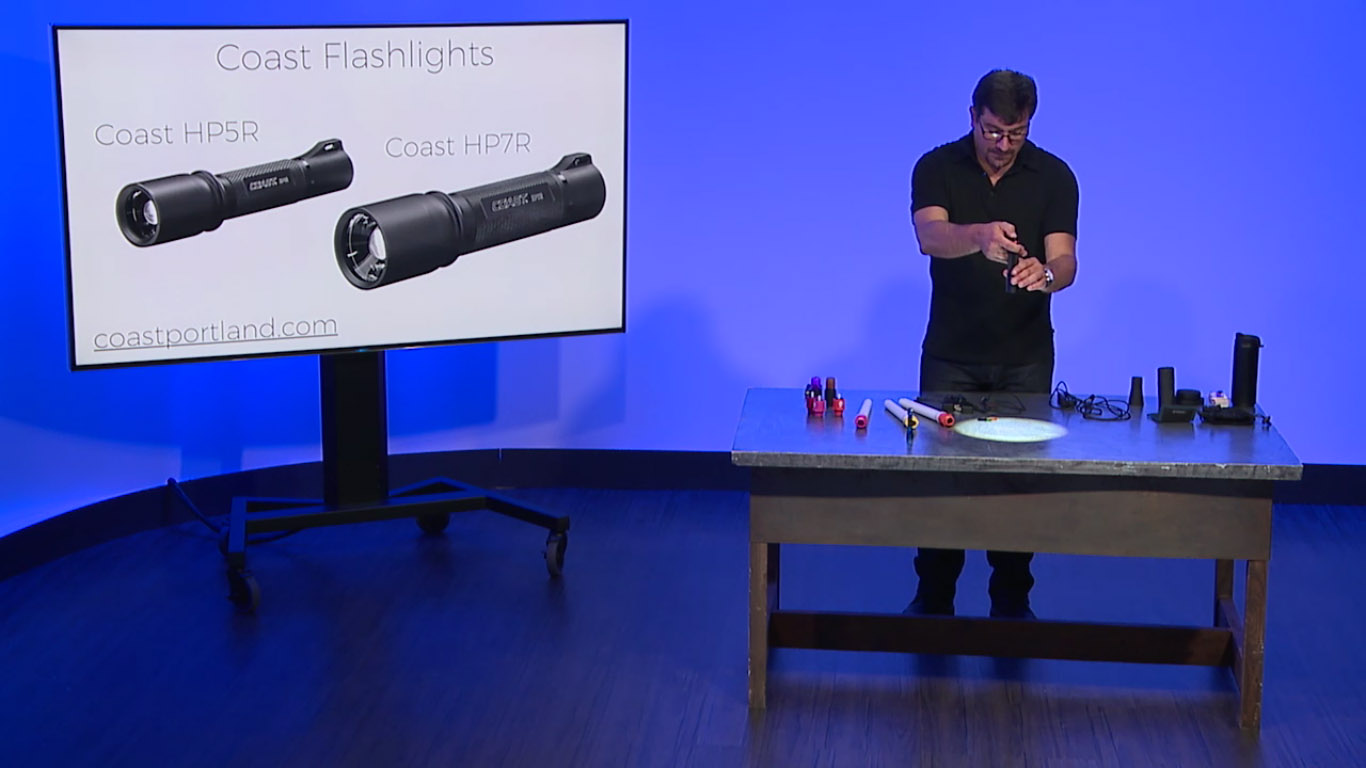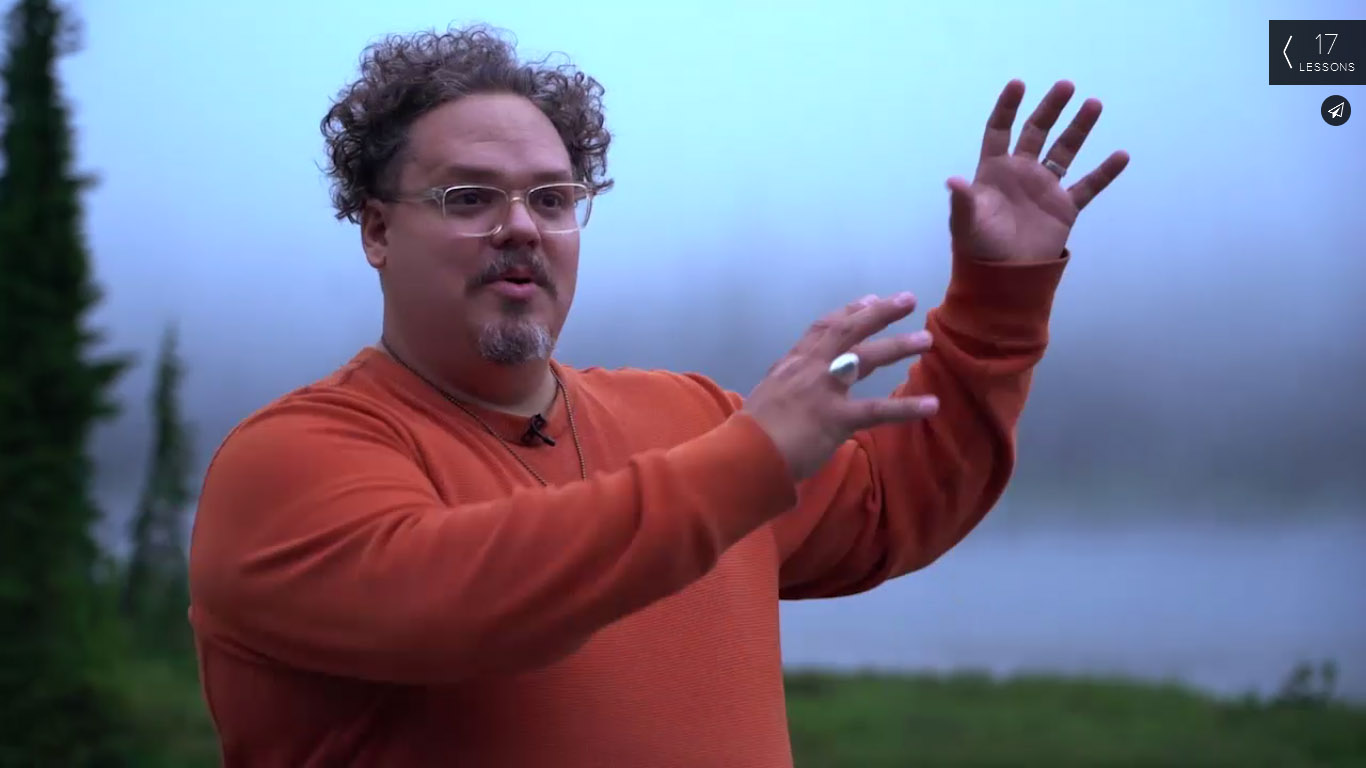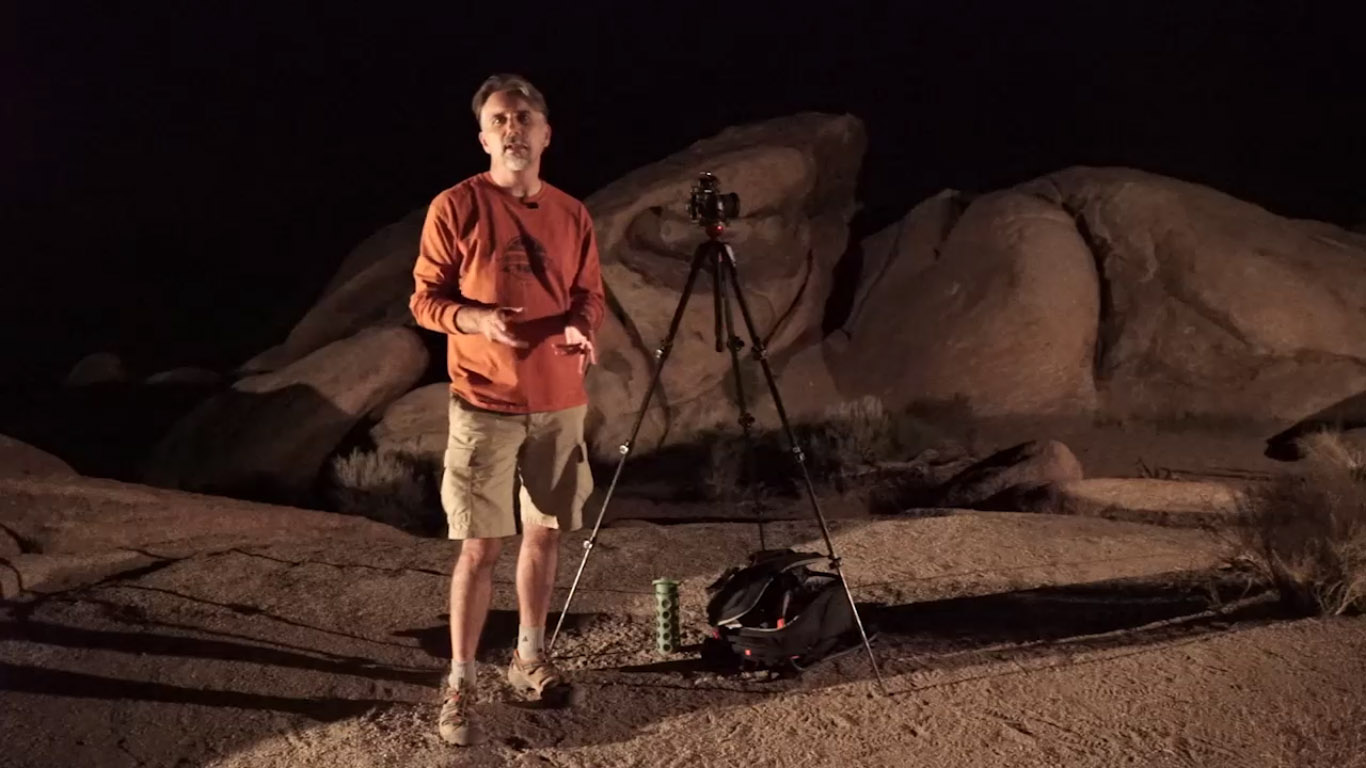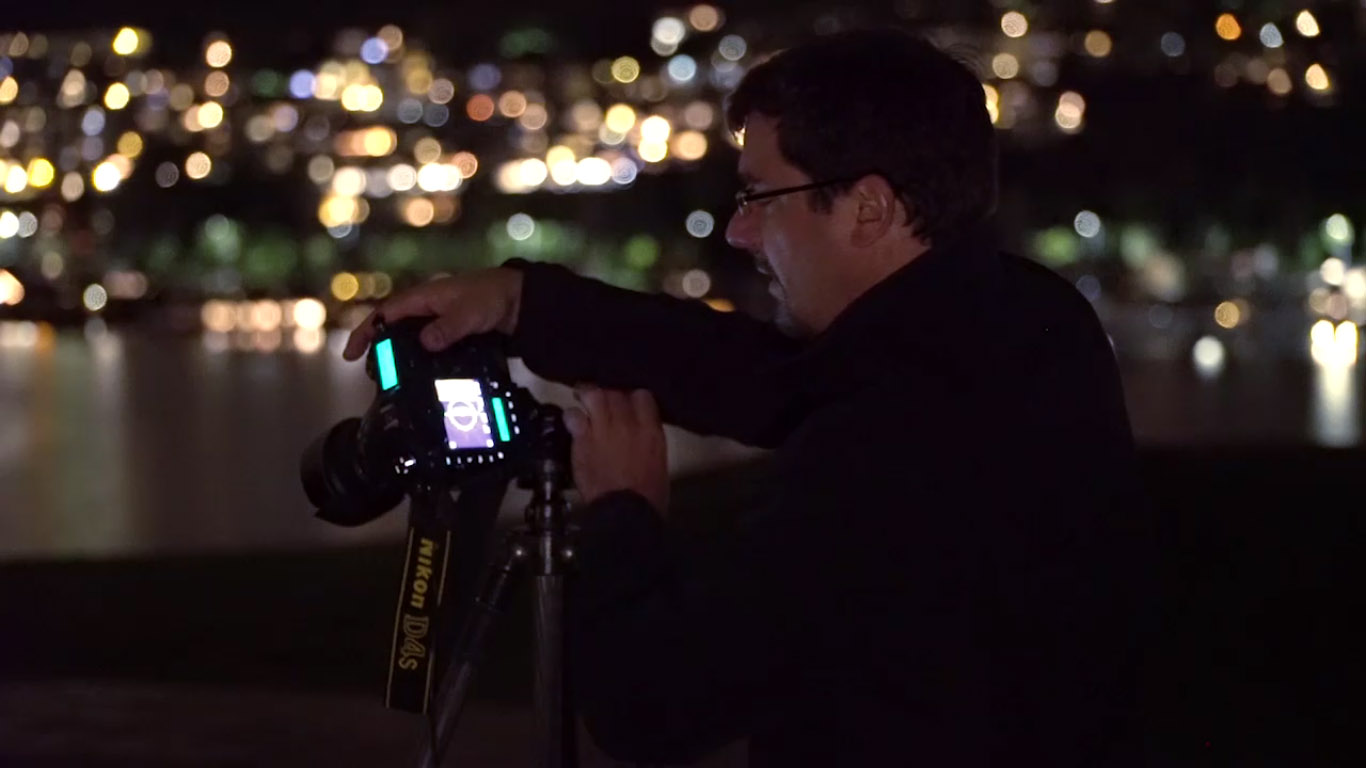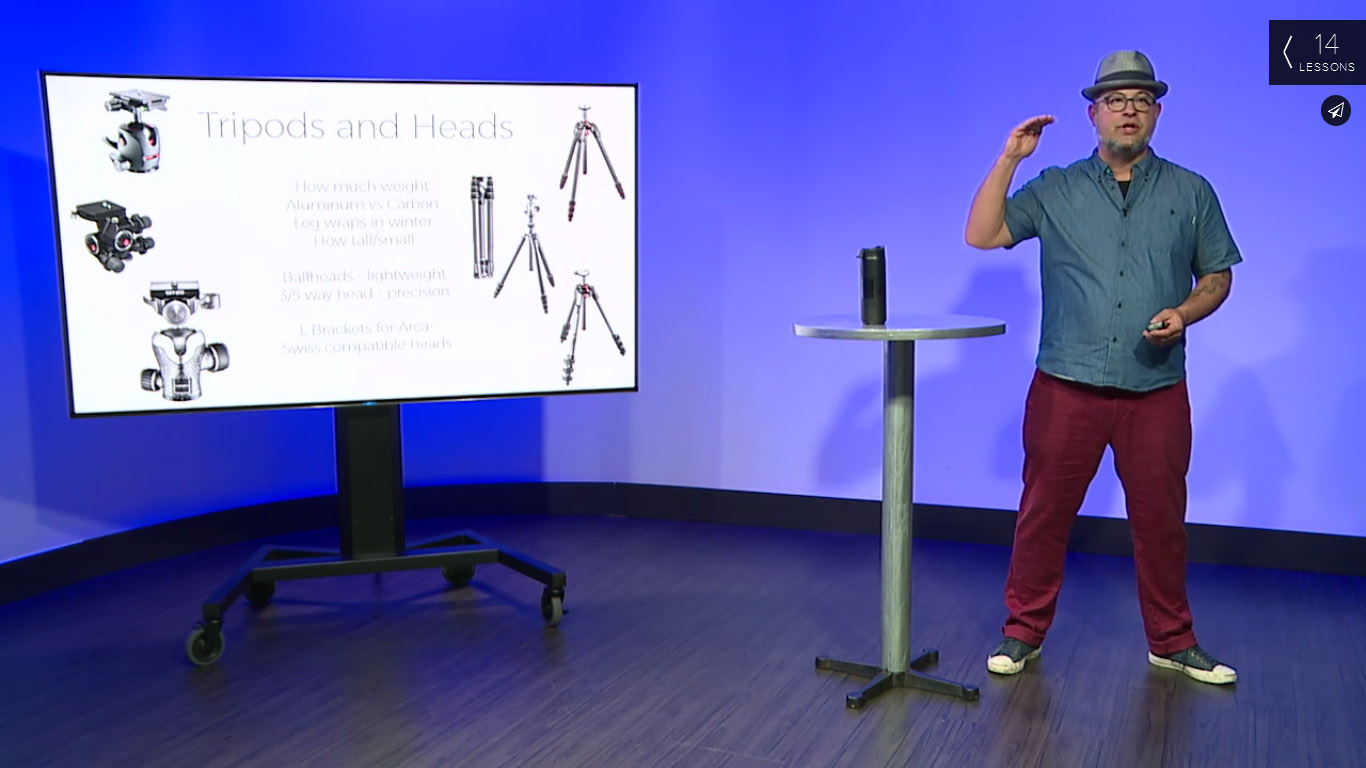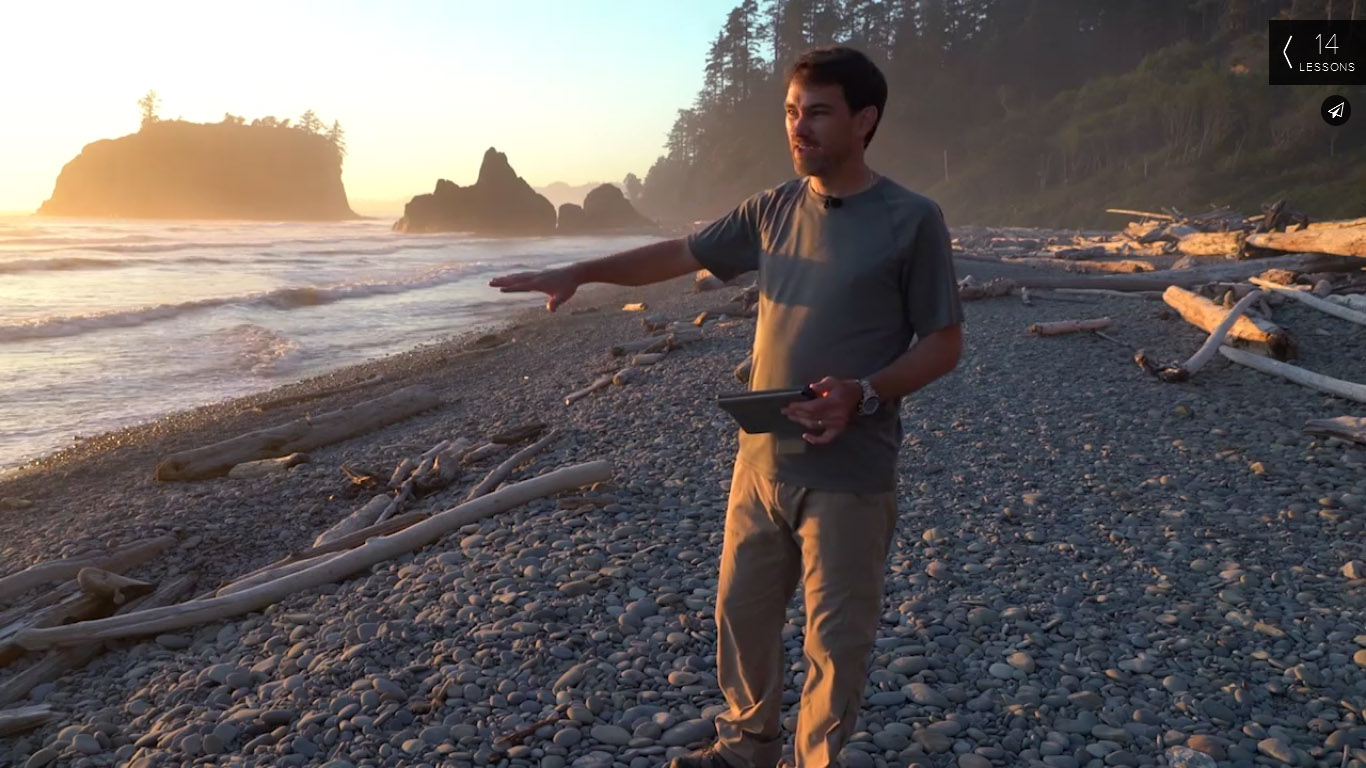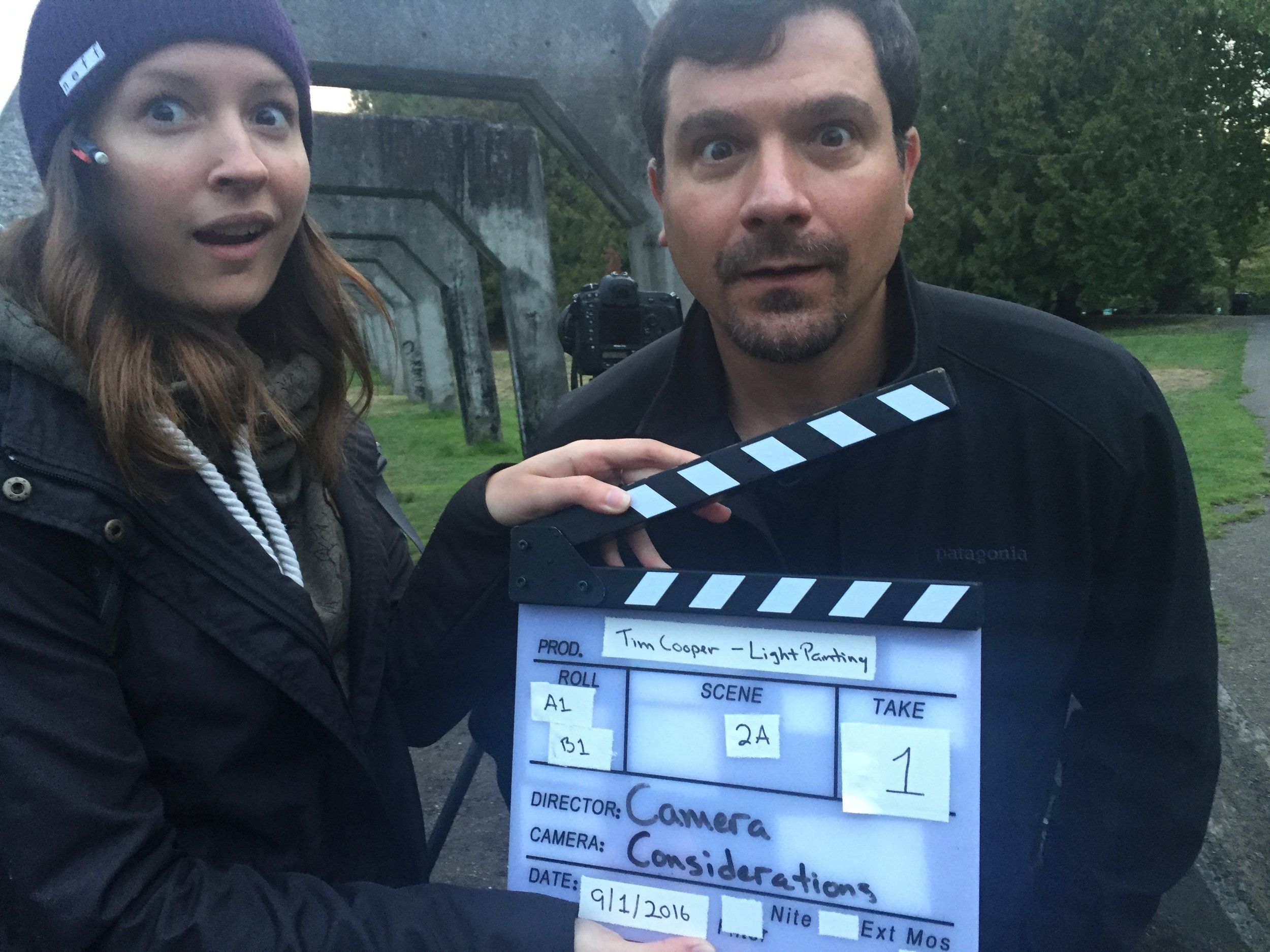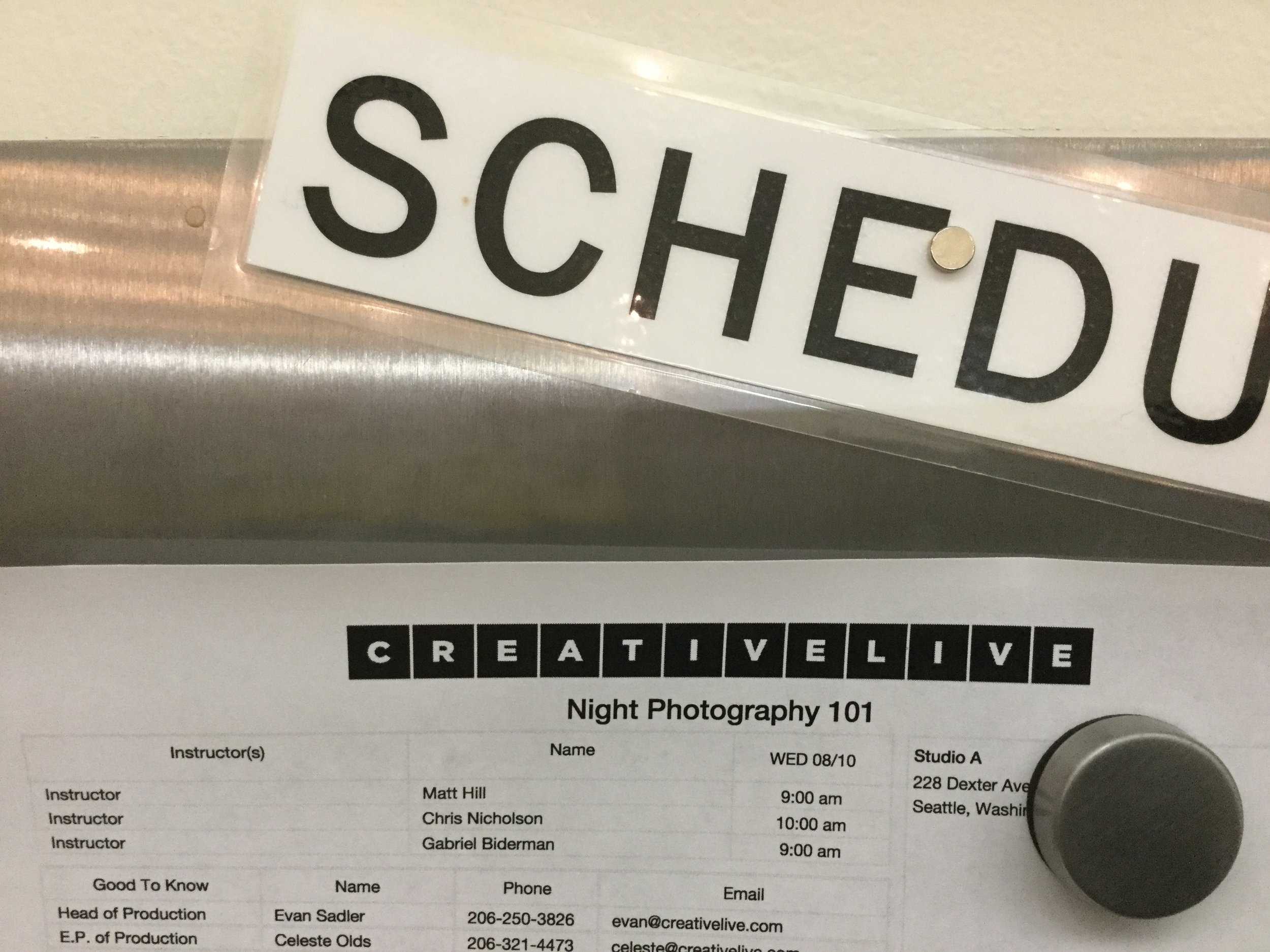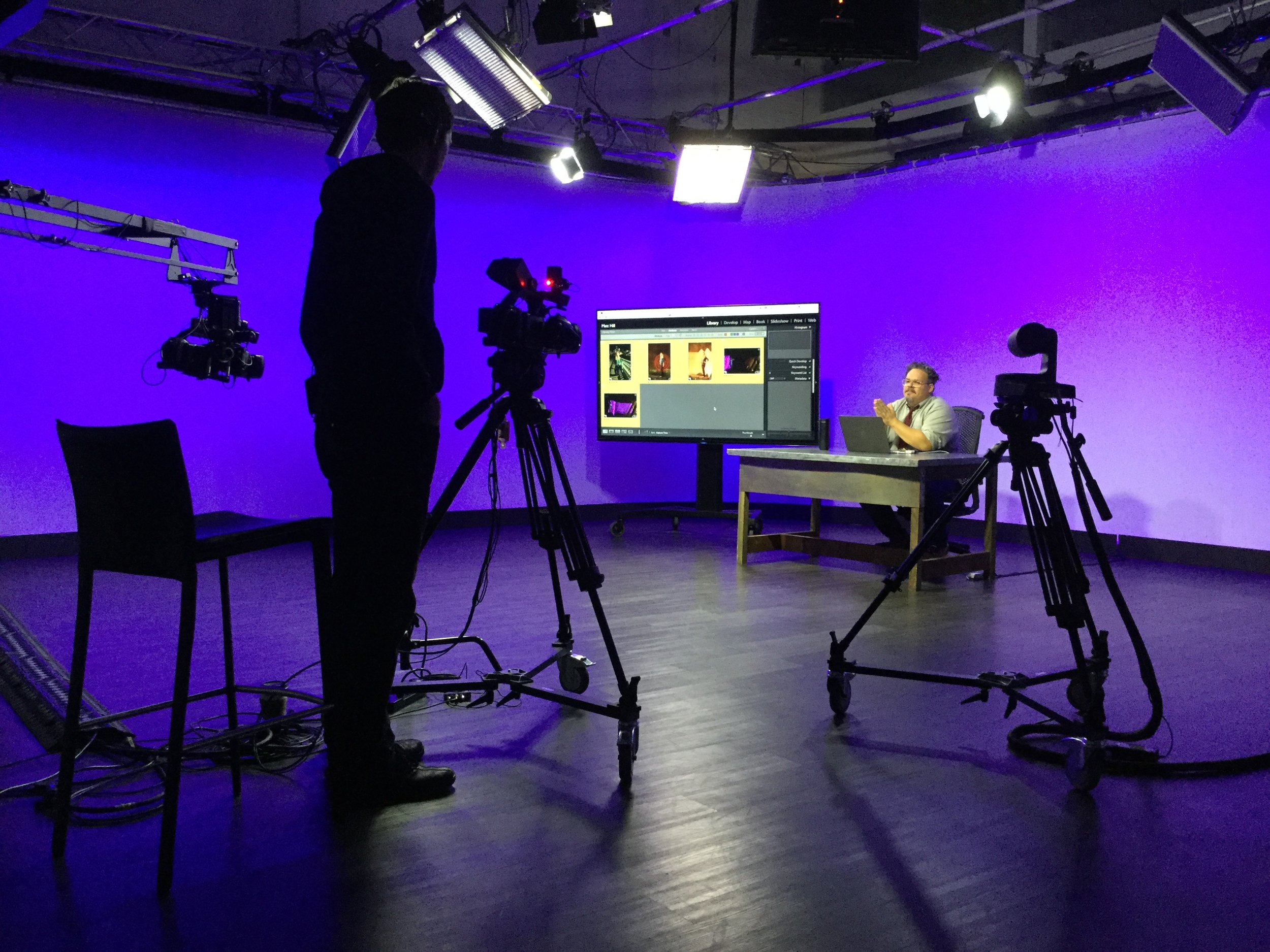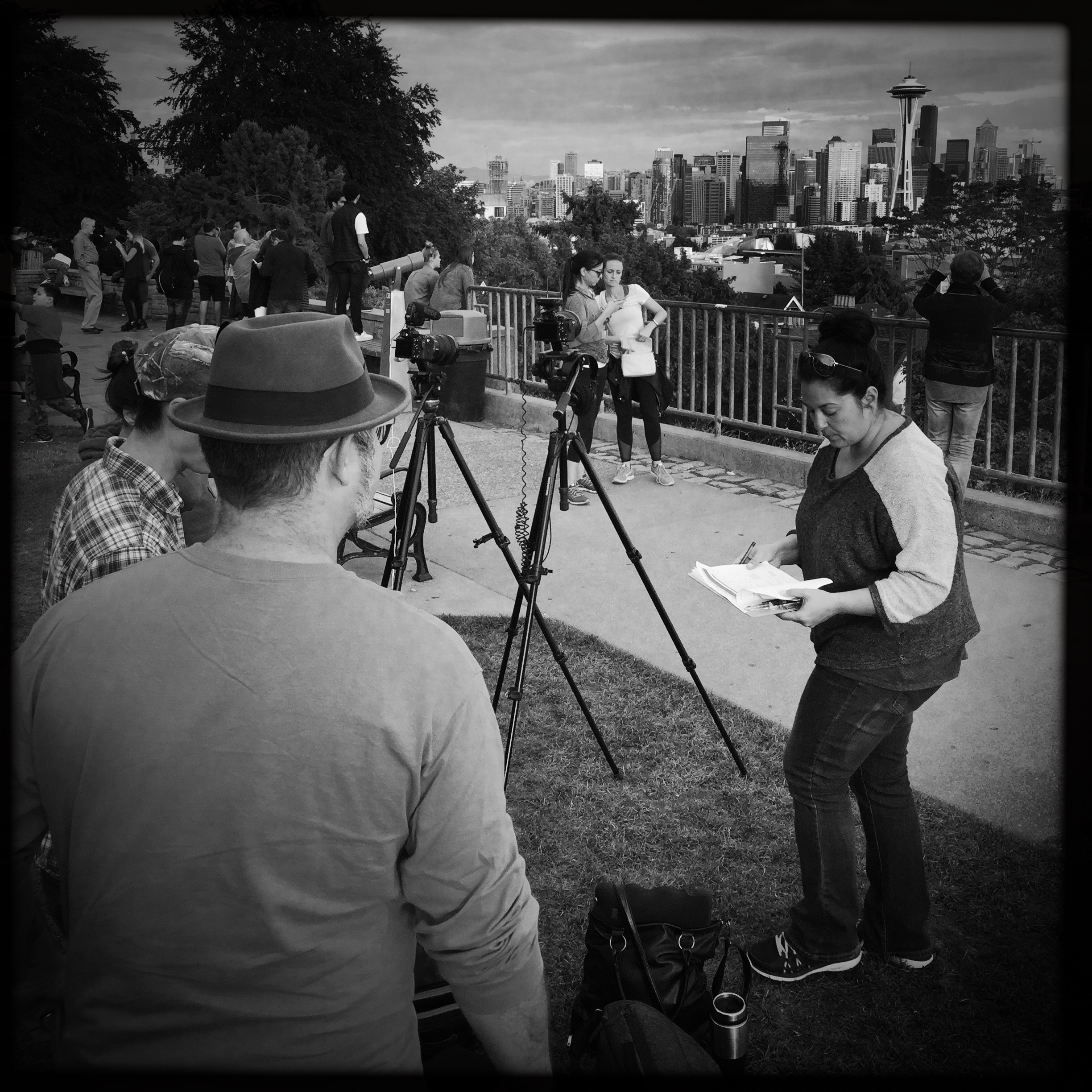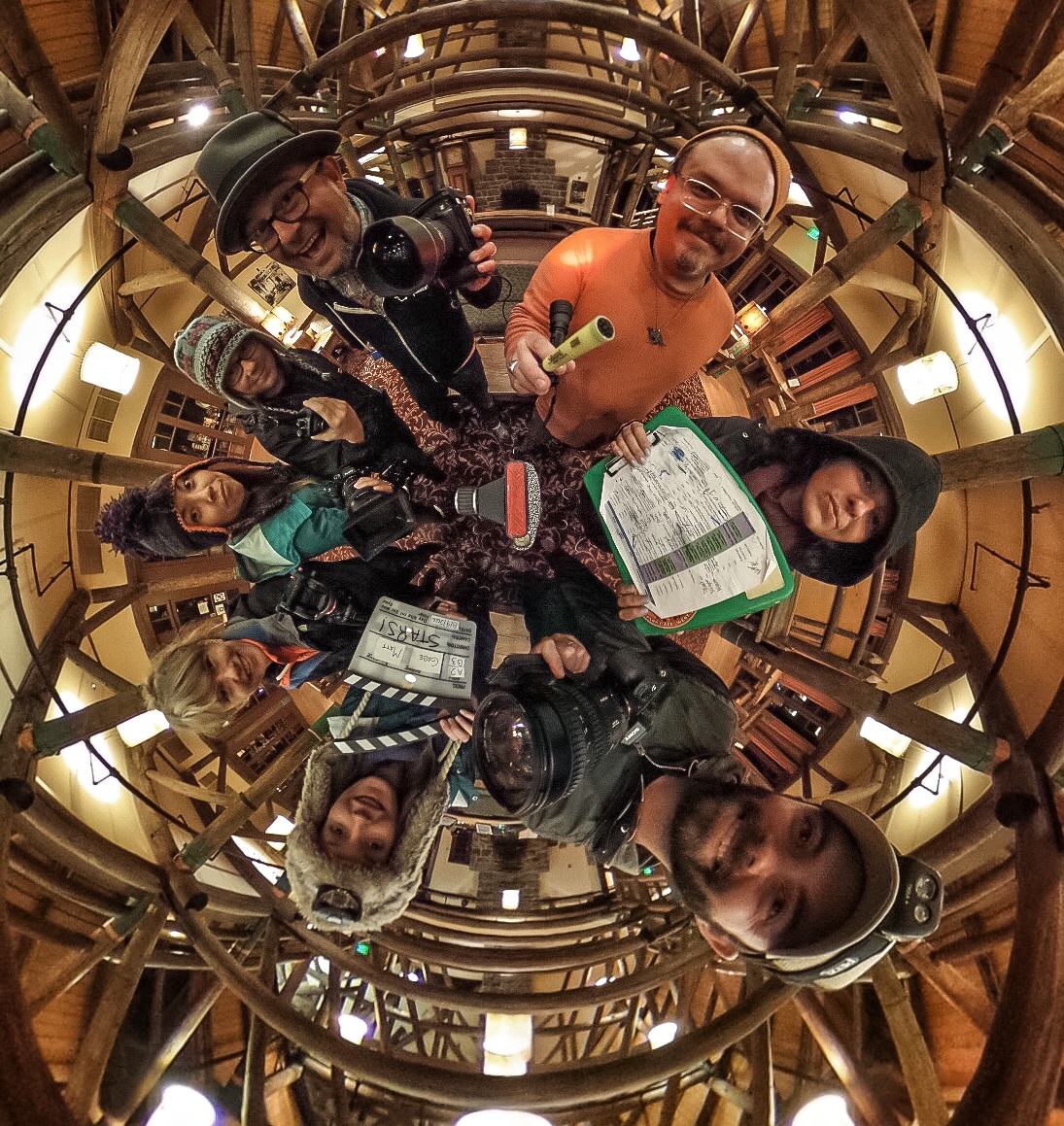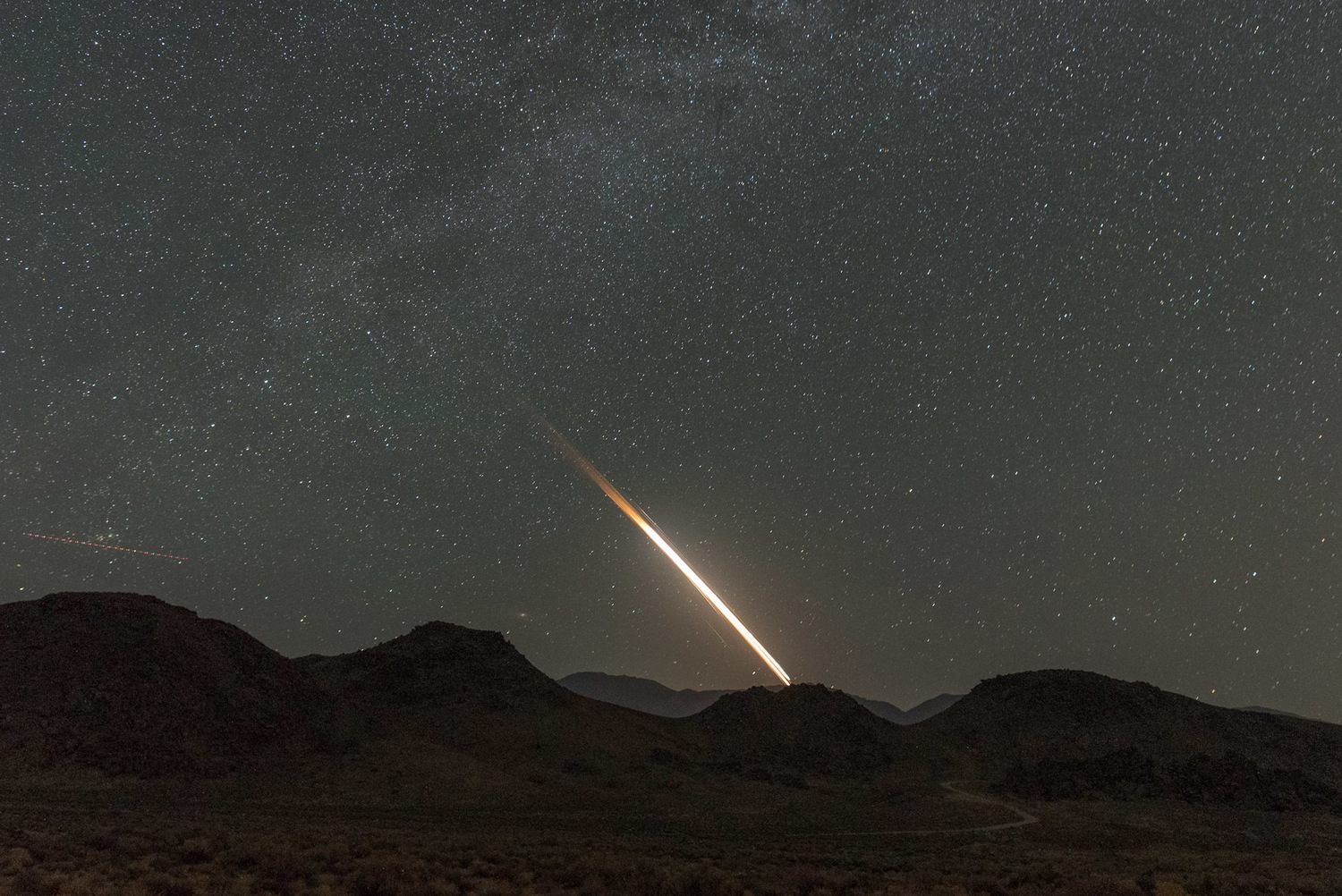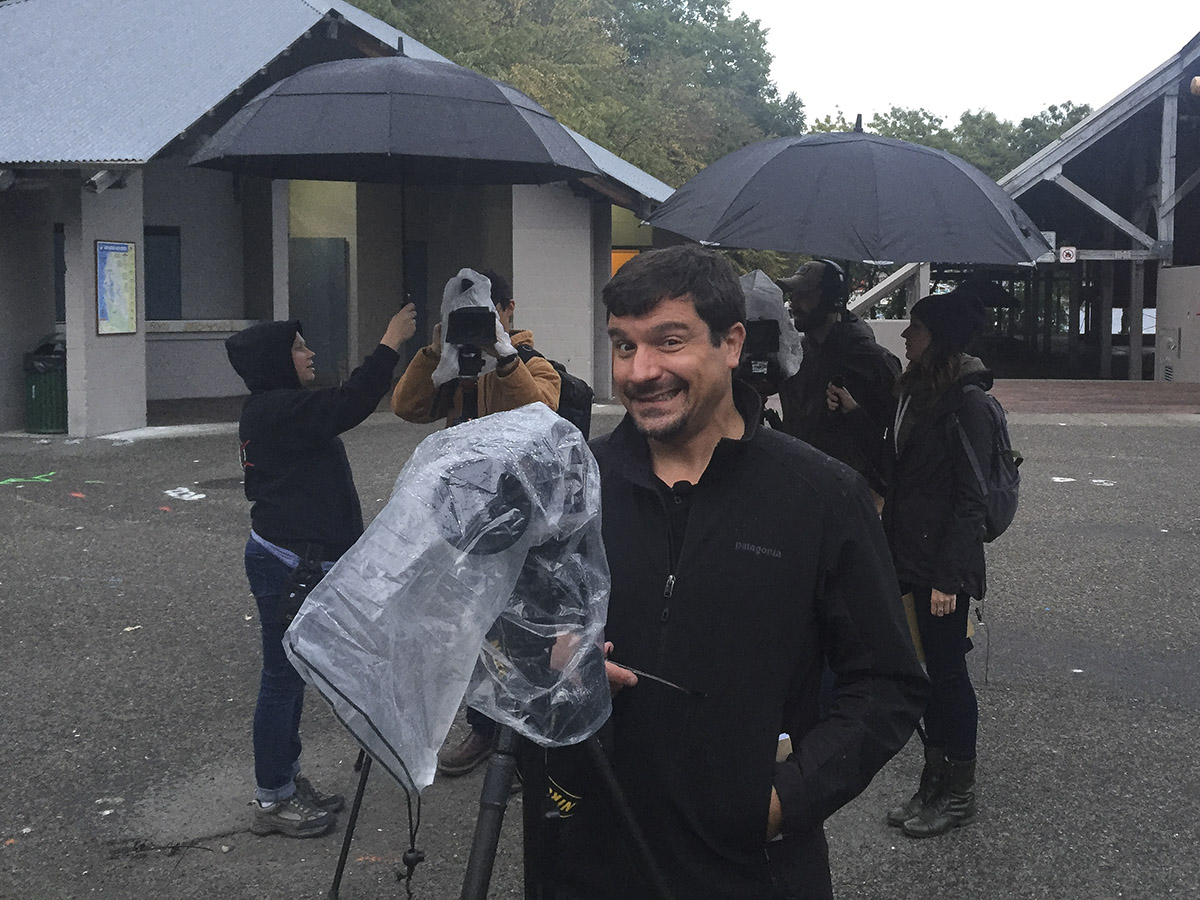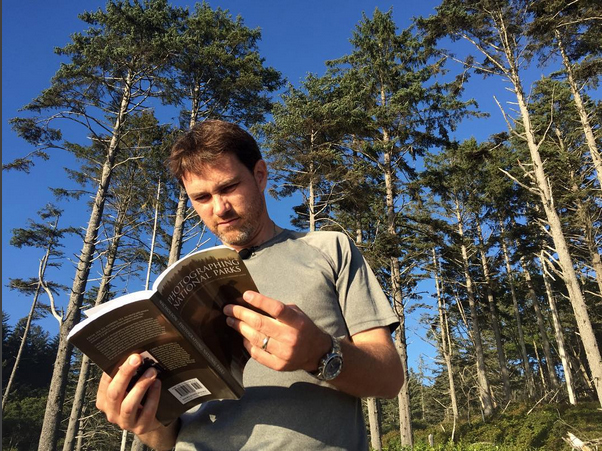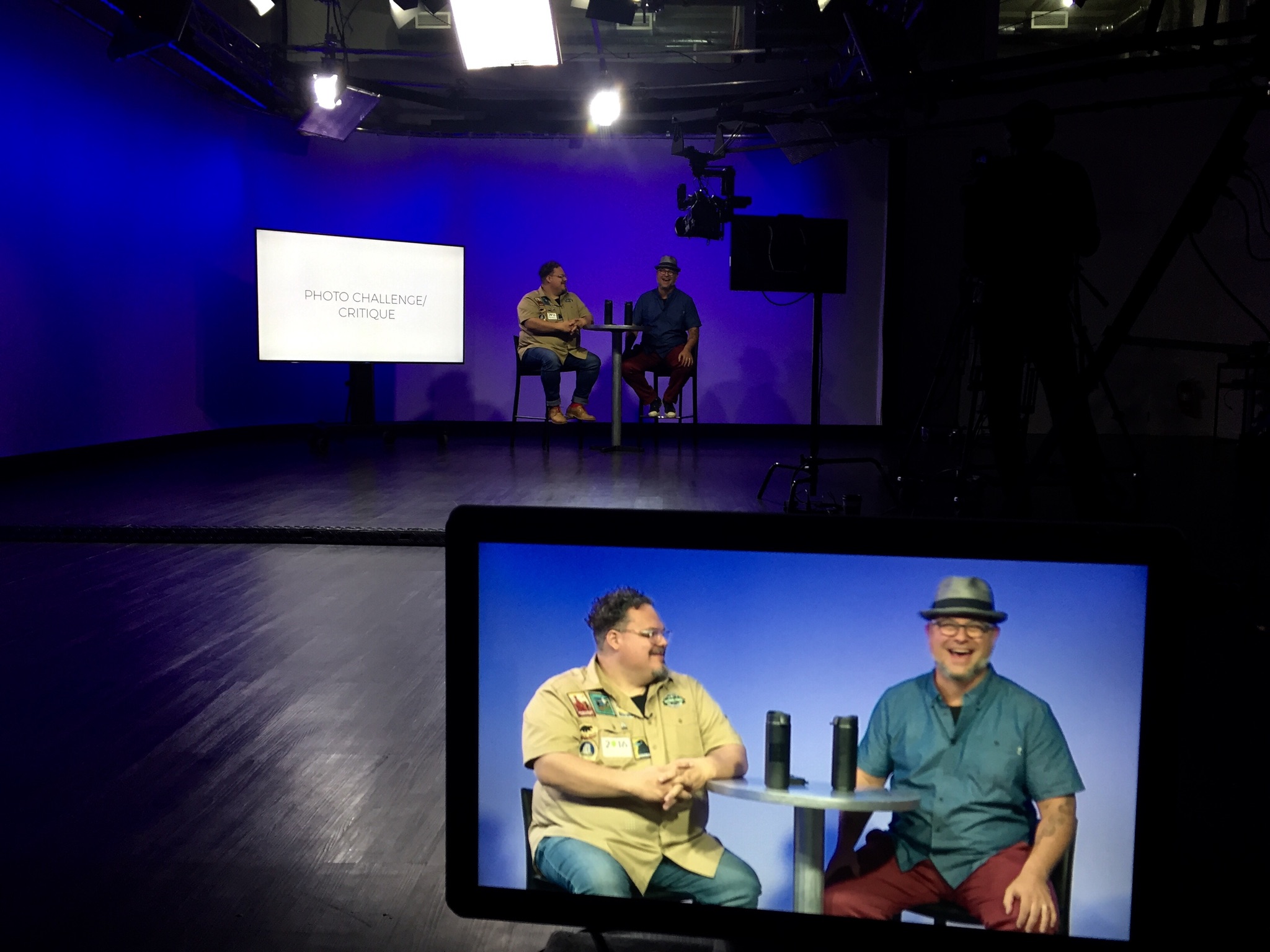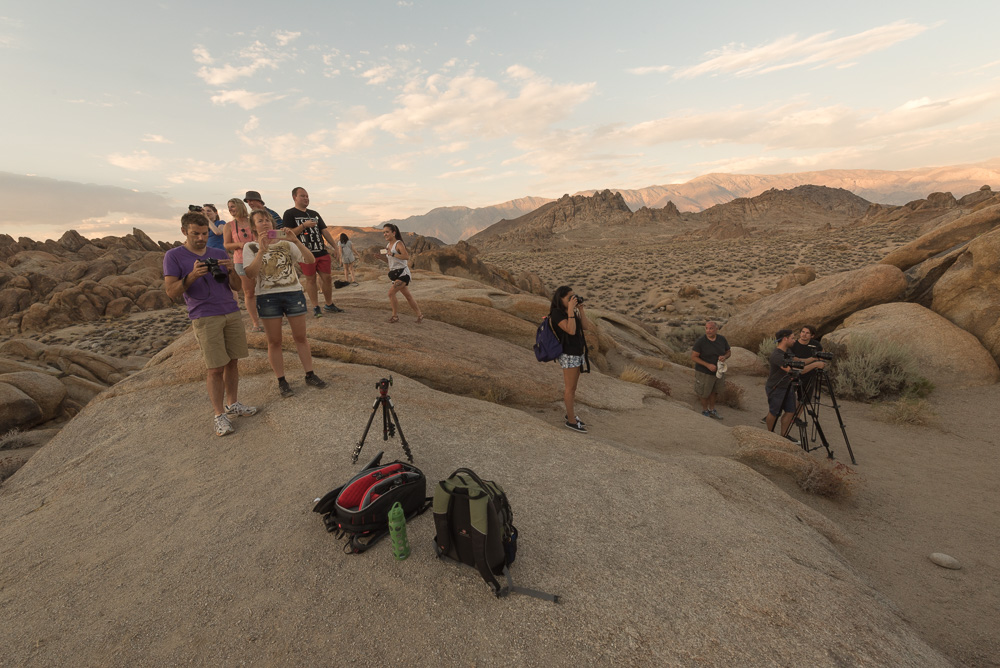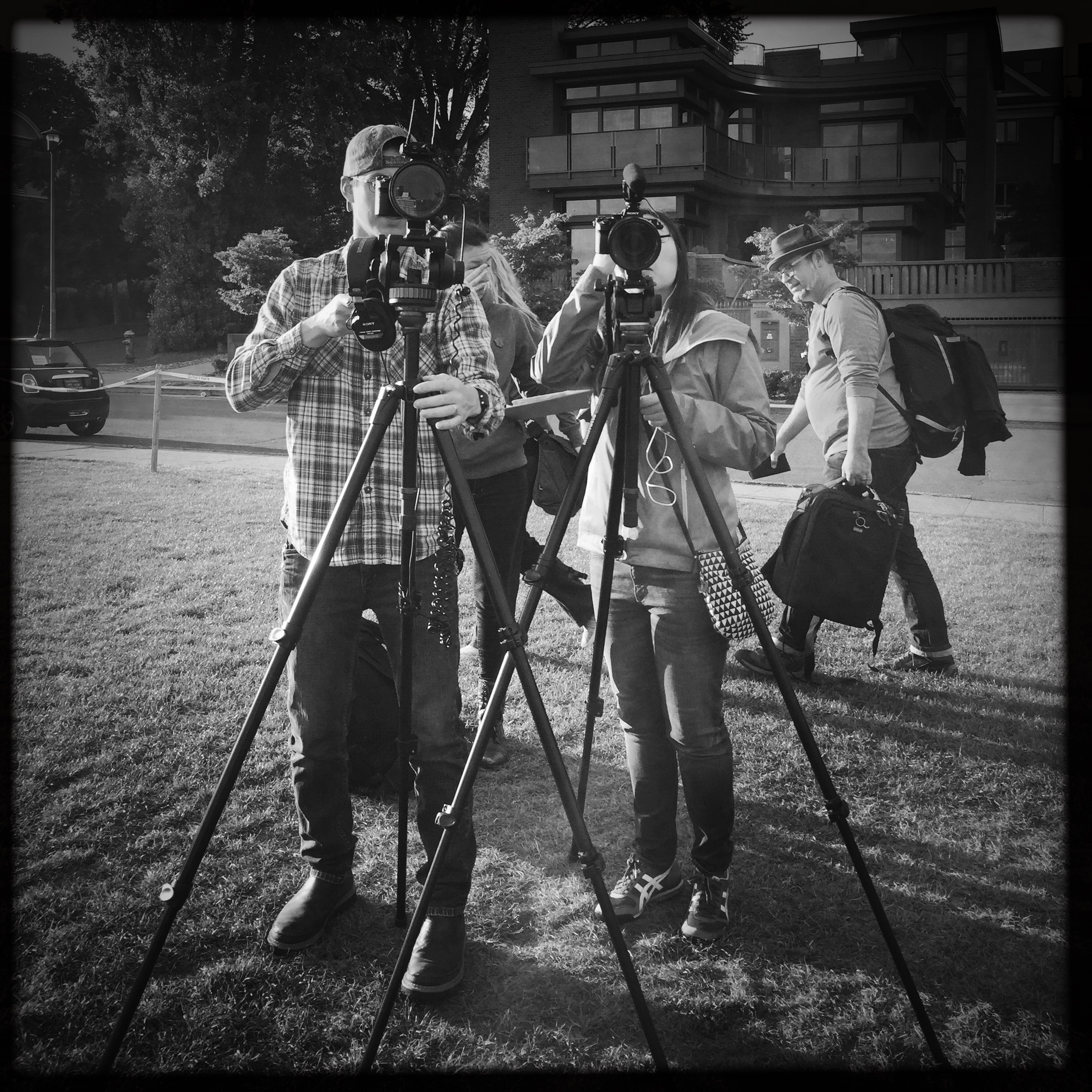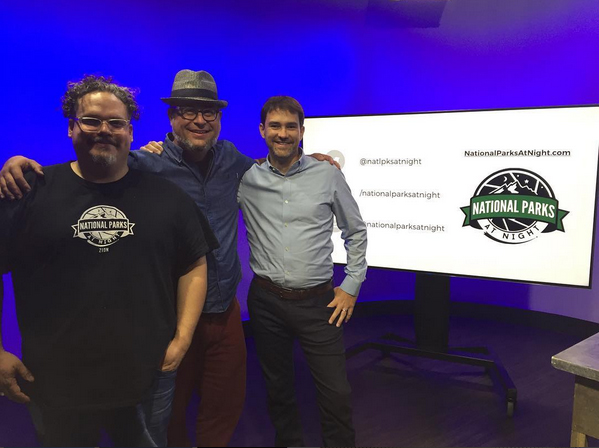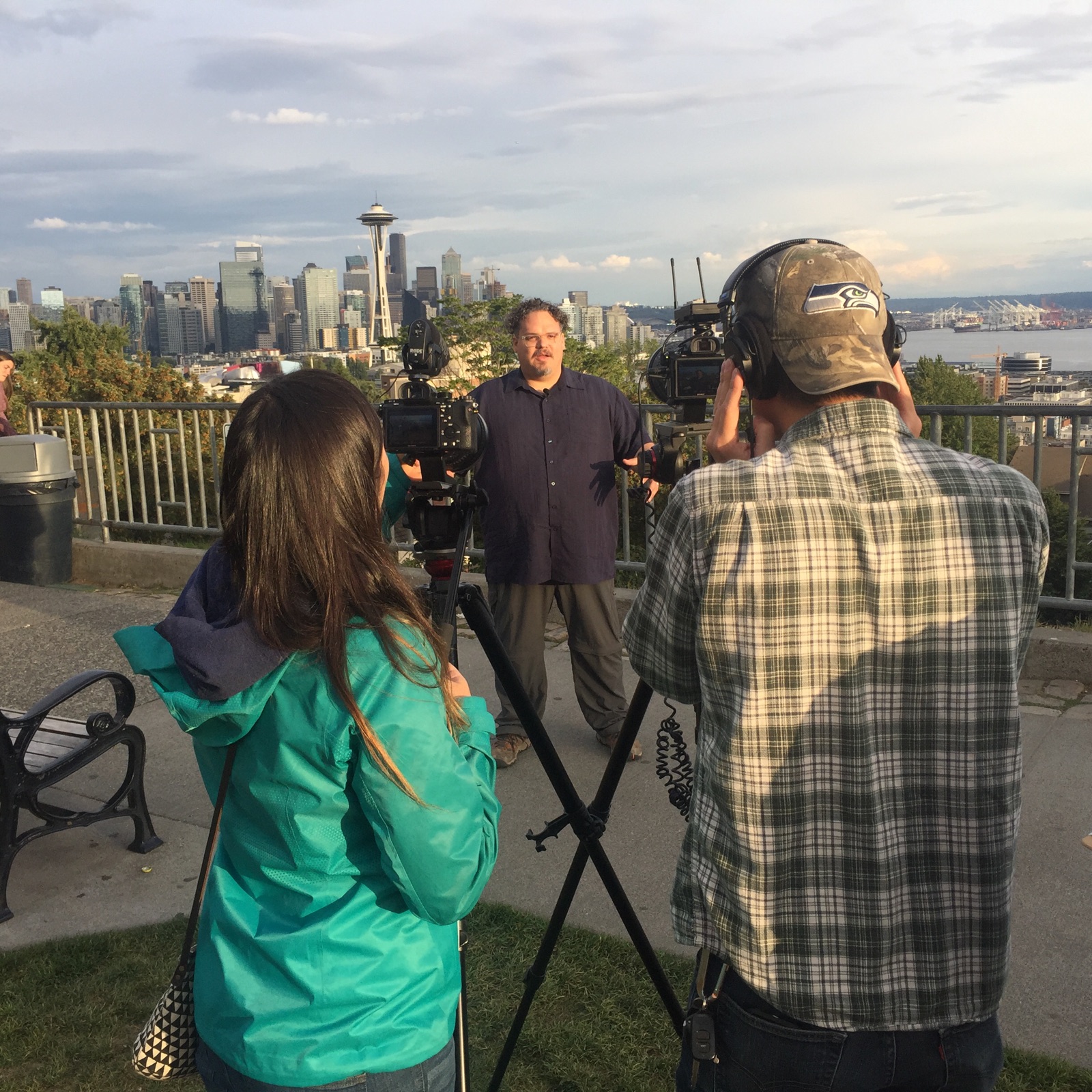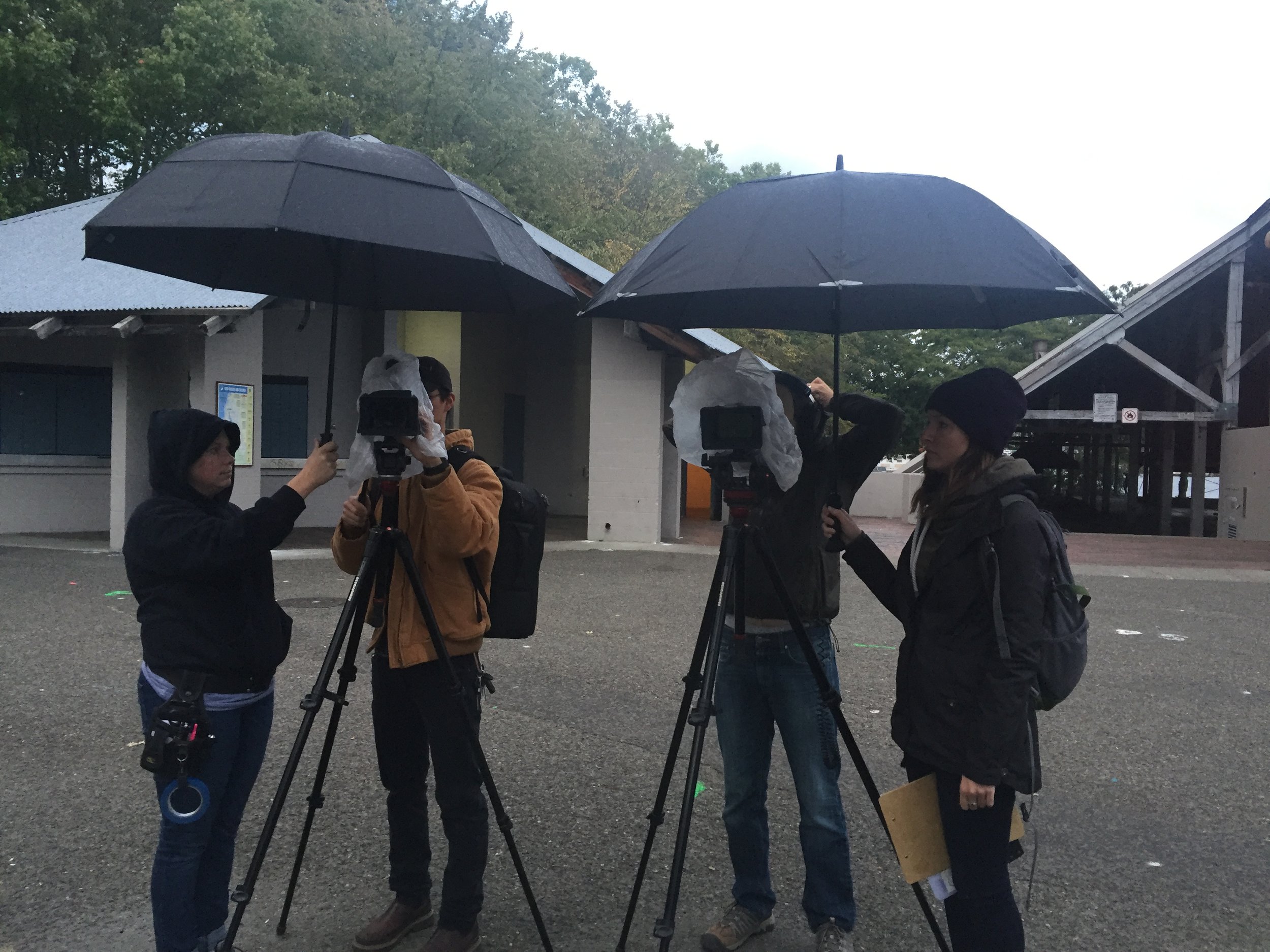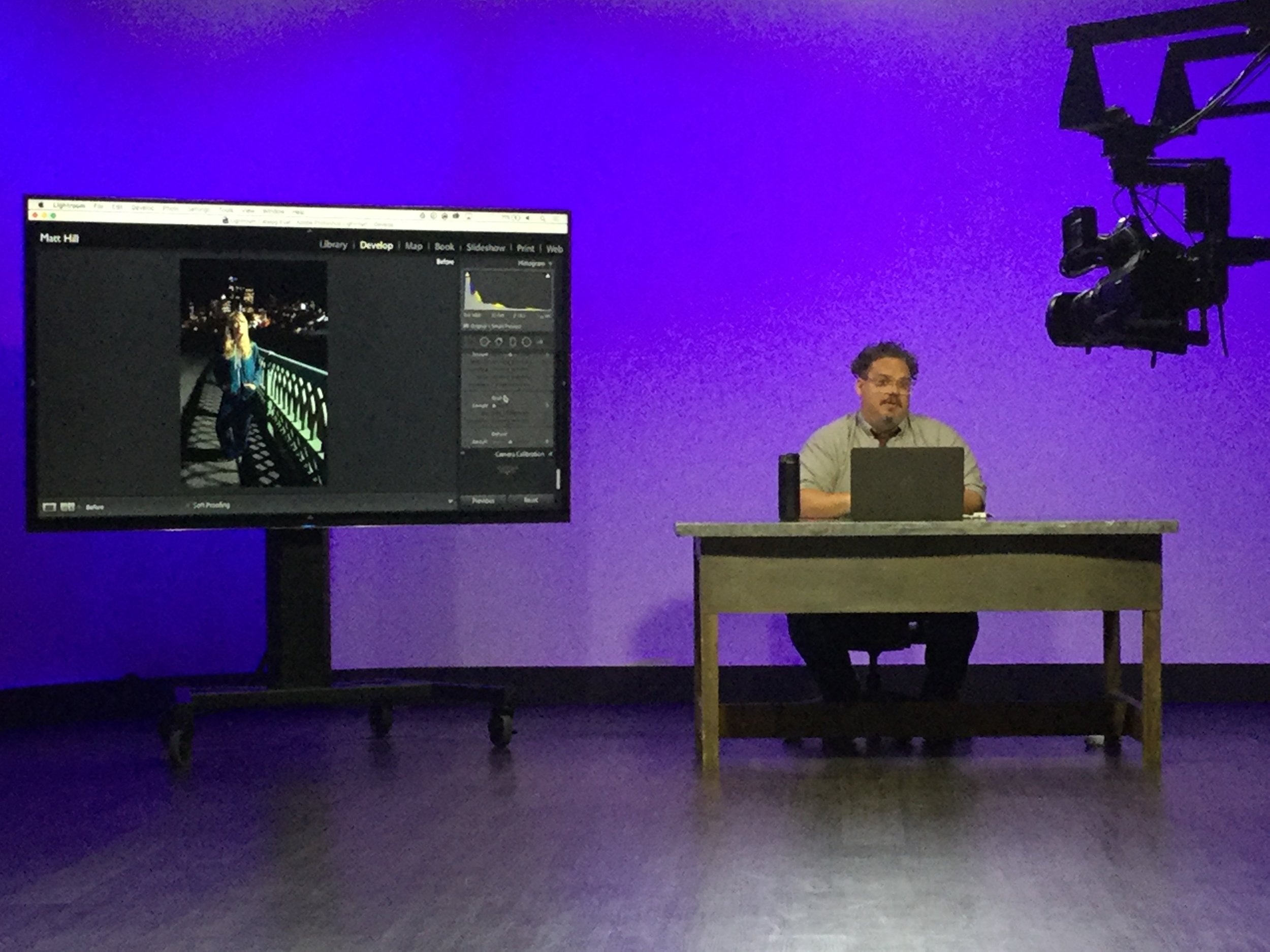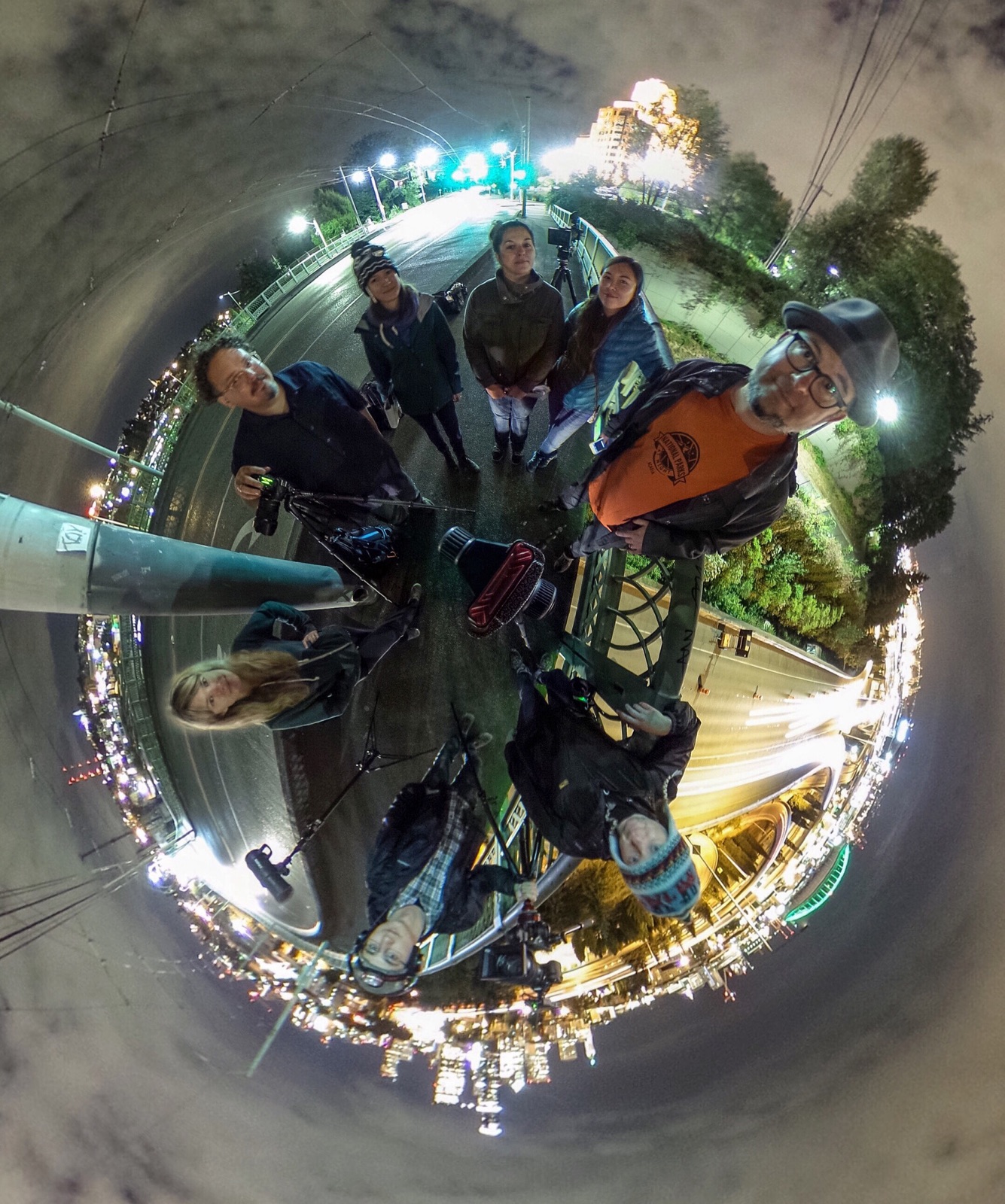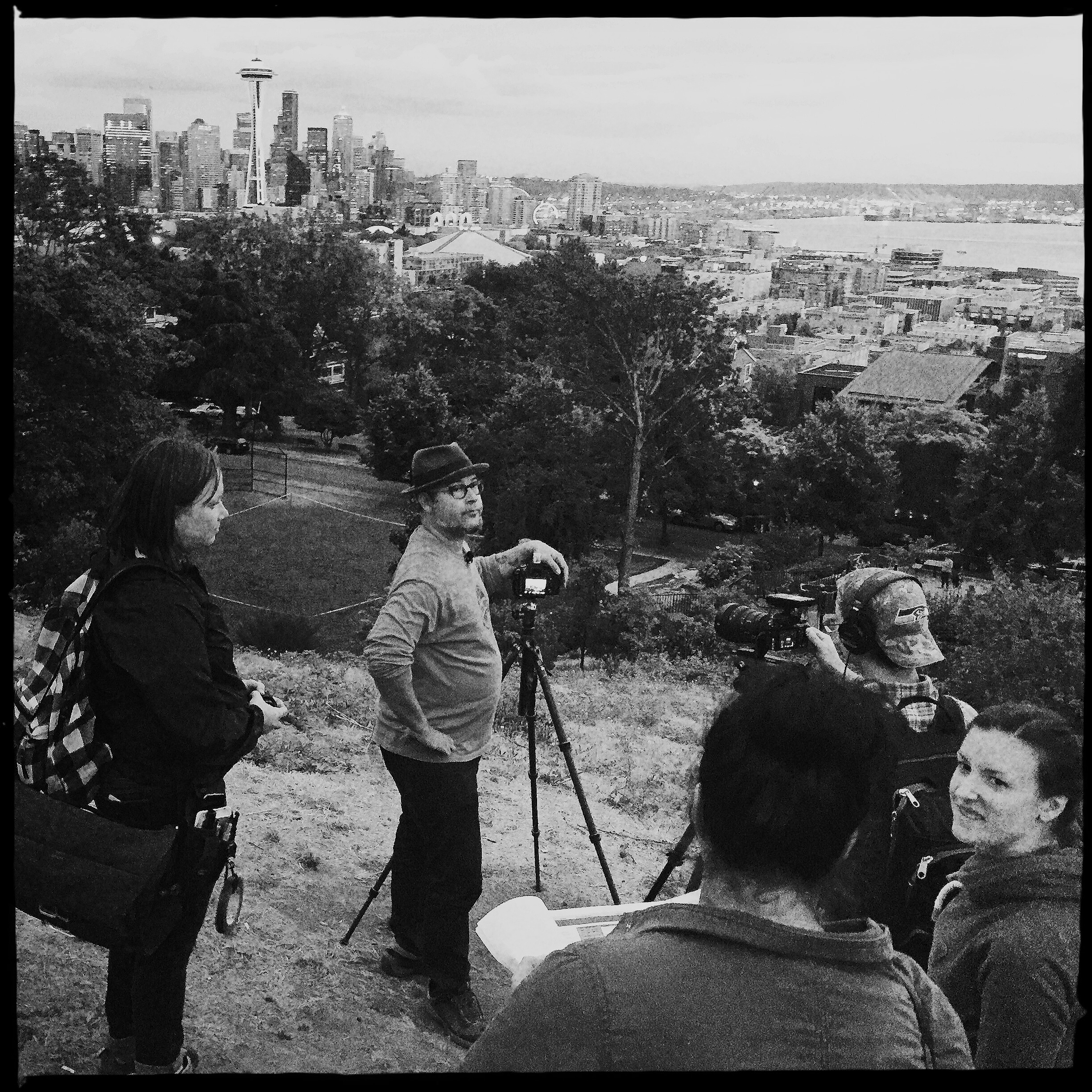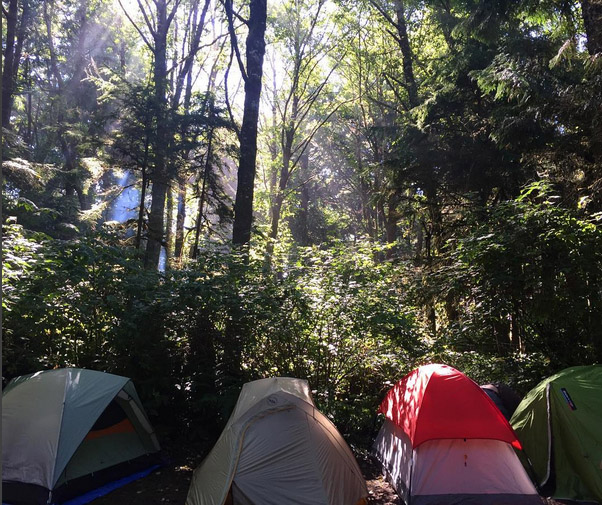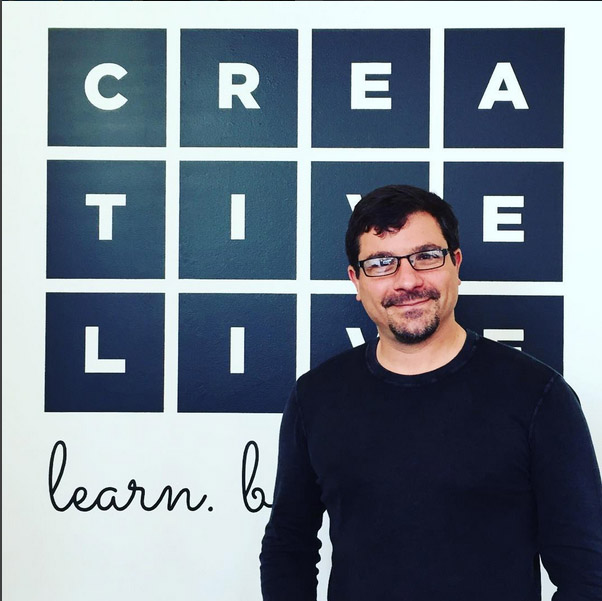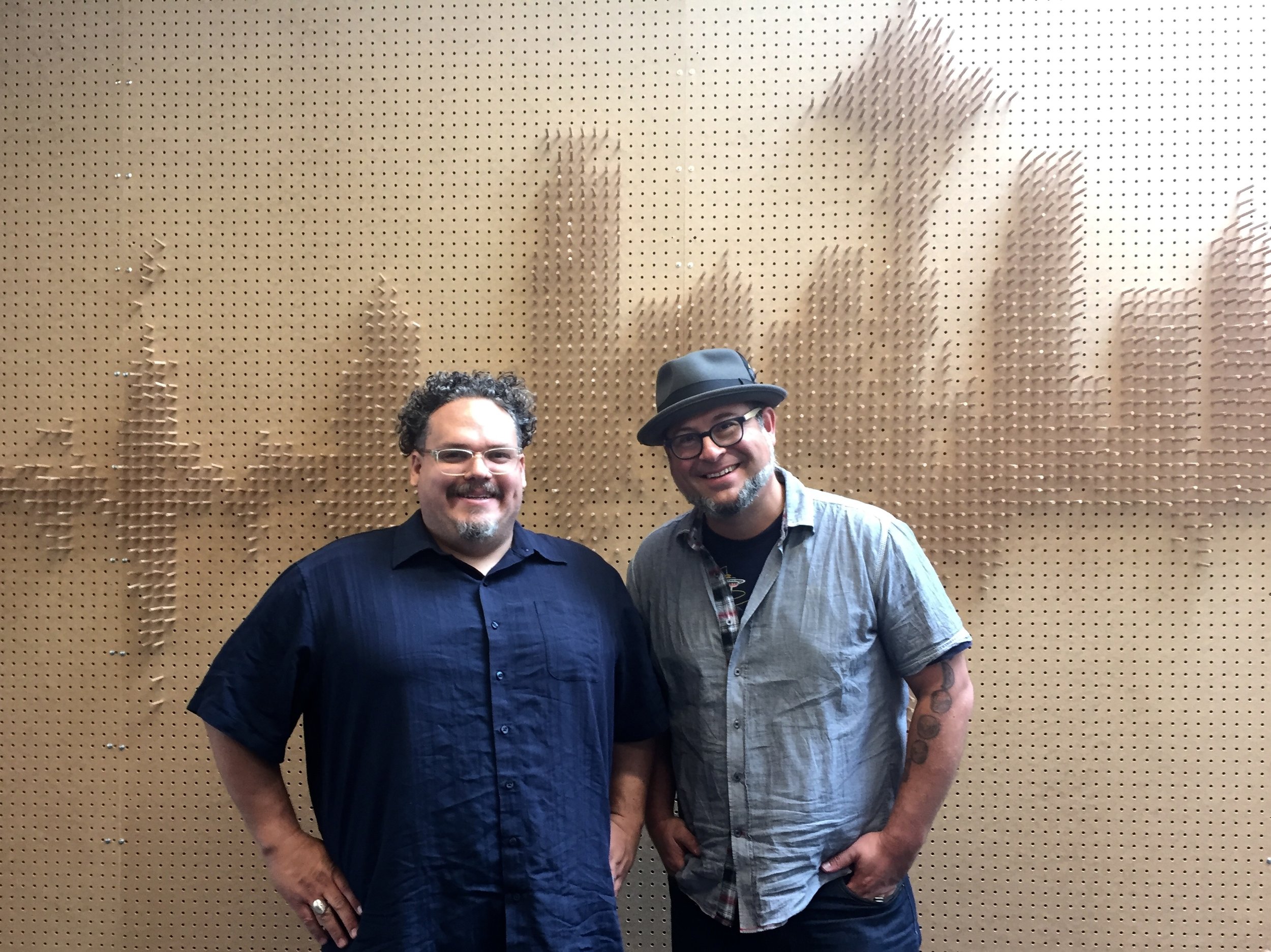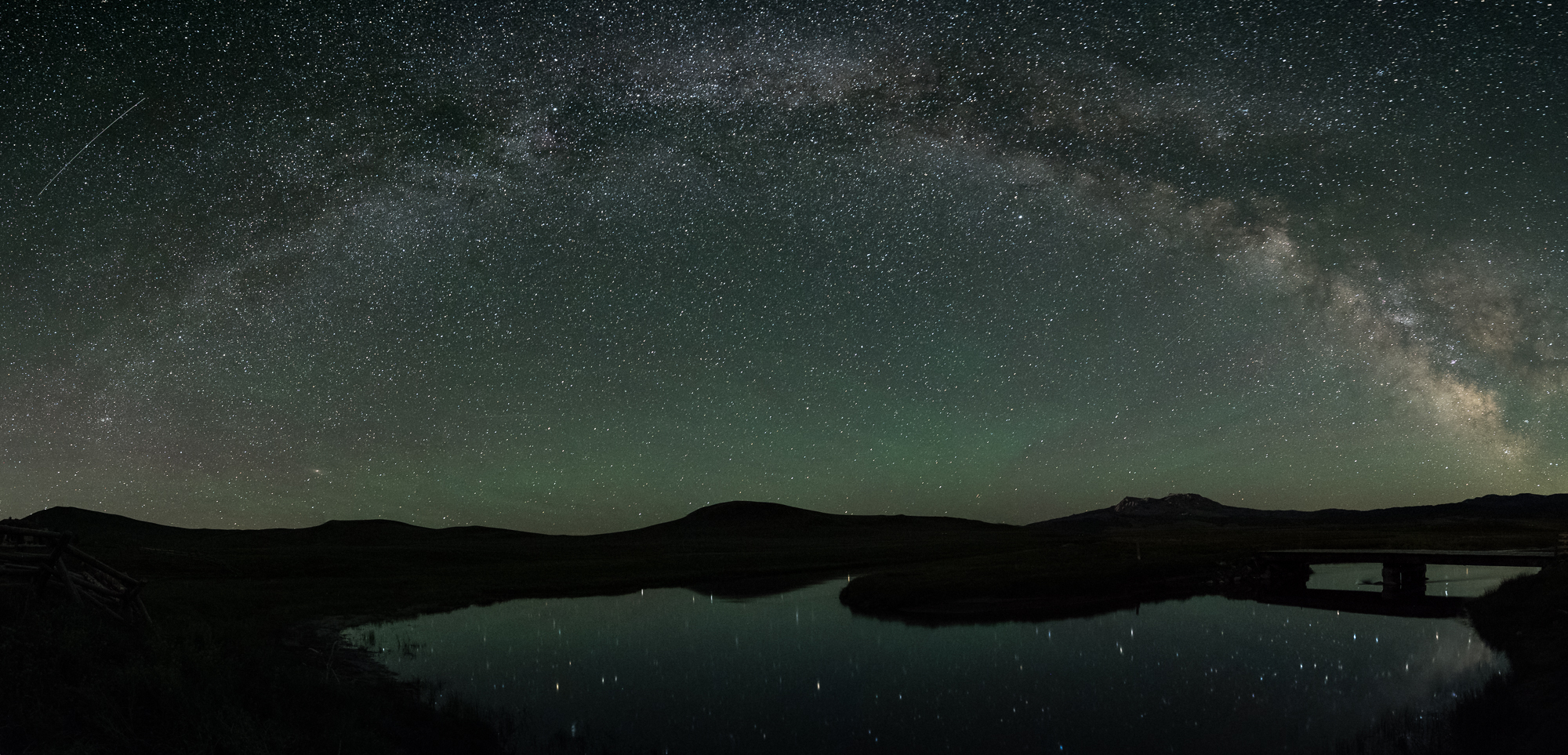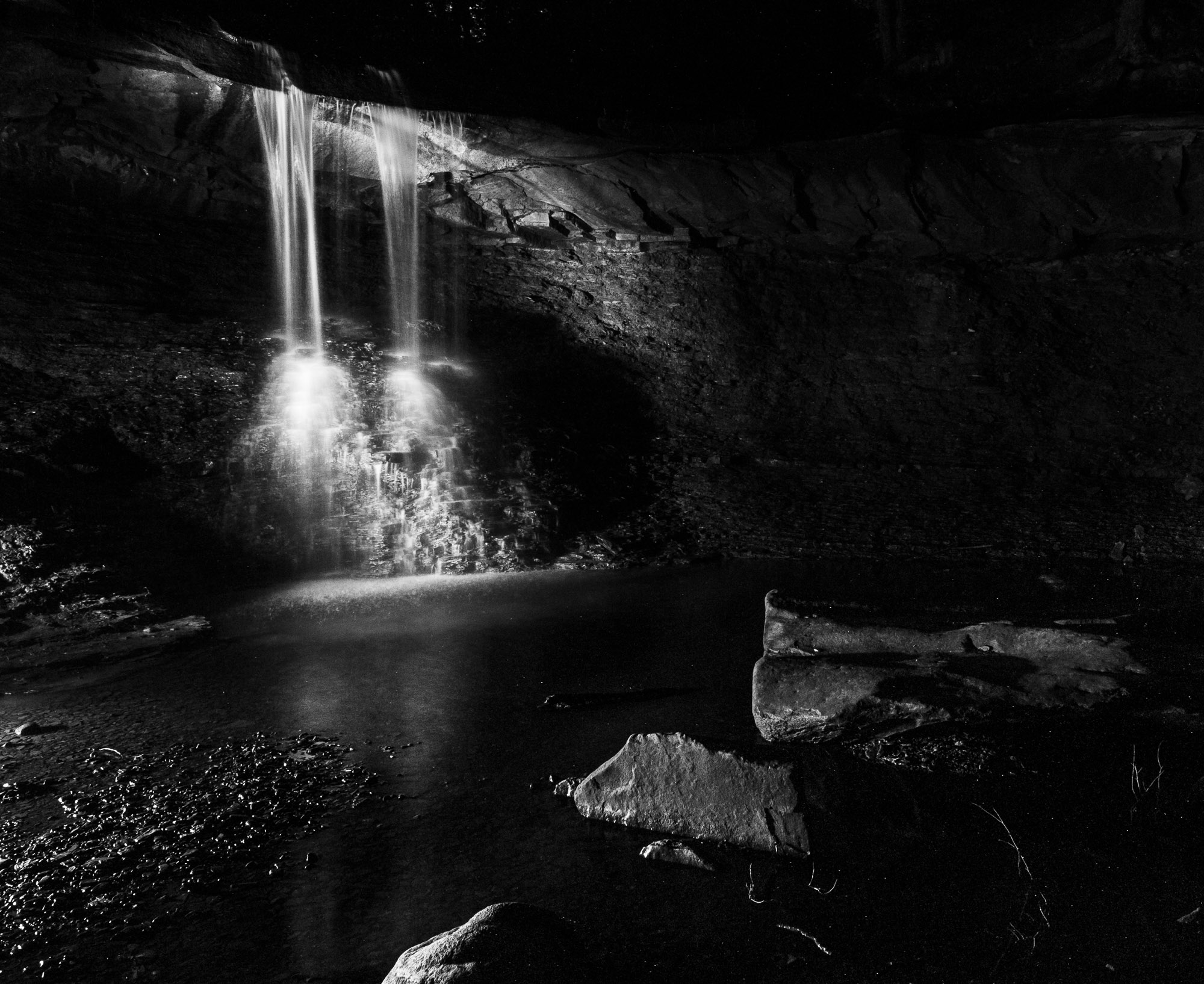All five of us from National Parks at Night say, "Thank you." It's been only one year since this beautiful dream started, and we're so grateful for those who believe in us.
A PEEK ON THE INSIDE
You may not know it from the surface, but NPAN (the acronym we use to refer to our business on the inside), is not just a workshop program. It's a living, blossoming dream that the five of us nurture and grow.
Seriously.
We really love education, and night photography, and amazing national parks. But what we're really reaching to do is build amazing experiences for people centered around this quiet, nocturnal craft.
I cannot count the number of times we've had passionate discussions about our workshop attendees, what would make them happy, and leveling up those ideas through spirited debate, critique and a lot of asking, "What if?"
It's all couched in mutual respect and a really egalitarian approach where we all take responsibility for growing this program together. More simply stated, we're all very involved in the business, as well as running our own workshops. There is no coasting for any of us; no passing of any bucks. We all are in this program to make something extraordinary happen every time.
And we know it sets us apart. Not from other workshop programs (we have many friends who also run their own programs and love them!), but from many businesses. We eschew hierarchy in favor of cooperation and respectful discourse. We trust each other and hold each other responsible to be true to those who choose to take an adventure with us. We know the real product is for our customers (who really become our friends) to have a positive and meaningful experience.
Why mention any of this to you? Well, because I am just so proud that these other four people chose to sign on to create National Parks at Night. And that they continue to be passionate about it, day after day, week after week, and month after month.
OH, THE PLACES, WE'VE BEEN
In our first year, individually and as a team we presented at PhotoPlus Expo, B&H and Lindblad Expeditions' OPTIC Imaging Conference, the new and exciting Out of New York Conference, numerous local camera clubs, Photoville, PSA, Maine Media Workshops, NECCC, RMSP, the New York Adventure Club, the B&H Event Space, the Photographic Resource Center in Boston, the Sierra Club, Photo Field Trip, local Meetup Groups and more. We love participating in local community events and hope to see you soon in your area during our second year.
GRATITUDE FOR OUR SPONSORS
We have the trust and support of some amazing companies that dig night photography and superior customer service as much as we do. Thank you to them for partnering up with us. Here is a little about each of them:
Gear is essential to the practice of night photography, and we choose our sponsor/partners with great care. It's a relationship that is valuable to the instructors, the workshop attendees and the brands. Everyone has to find value in it.
Thanks to our sponsors, we can also offer our customers some great opportunities, many of which you discover during a workshop.
IF YOU CAN'T COME ALONG, JOIN US ONLINE:
And last, but not least, the crazy/amazing experience that was Night Photography Week on CreativeLive was bonkers in a very positive way. Special thanks to Kathy, Chelsea and Arlene for crafting a week-long experience that brings the night to a worldwide audience.
LOOKING AT YEAR TWO
Here we are, one year later, seeing our dreams realized. All the 2016 workshops were enjoyed at full capacity. And the recently announced 2017 workshops are nearly full, too. The overwhelming support from our true believers makes us try even harder. So, we're talking about some other cool things that you'll know about soon if you're on our mailing list (hint, hint!).
Expect new ideas and offerings from NPAN in the coming year. We're growing our dreams, expanding our horizons.
This is really just getting started. We're both literally and figuratively exploring new ideas as you read this. Thanks again for supporting us, and for coming along on this dream to make beautiful nighttime photography in national parks in a community of like-minded people.
Matt
p.s. — I also want to express direct thanks to Gabe, Chris, Lance and Tim for being amazing human beings. It's a real pleasure to make this journey with you. You inspire me!
